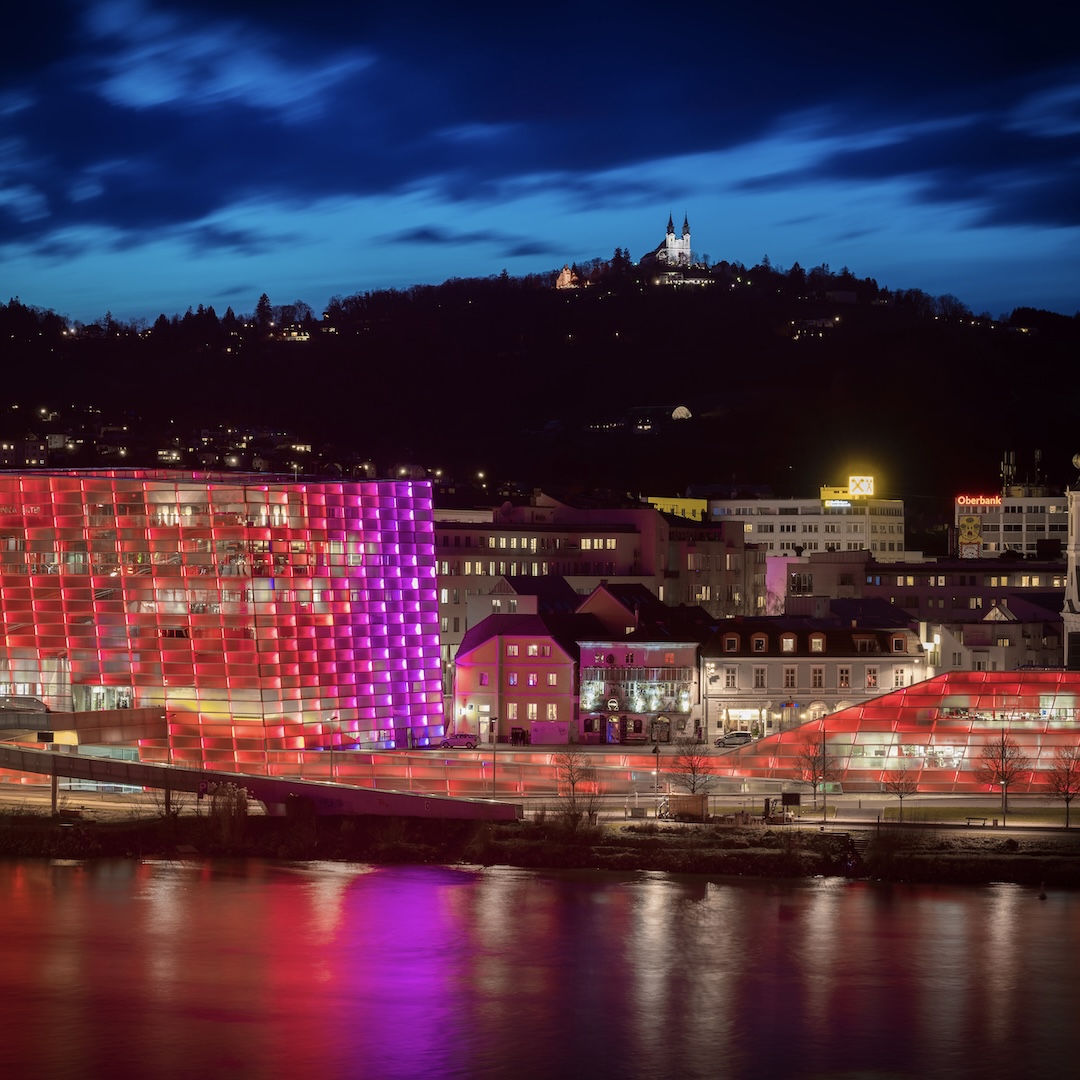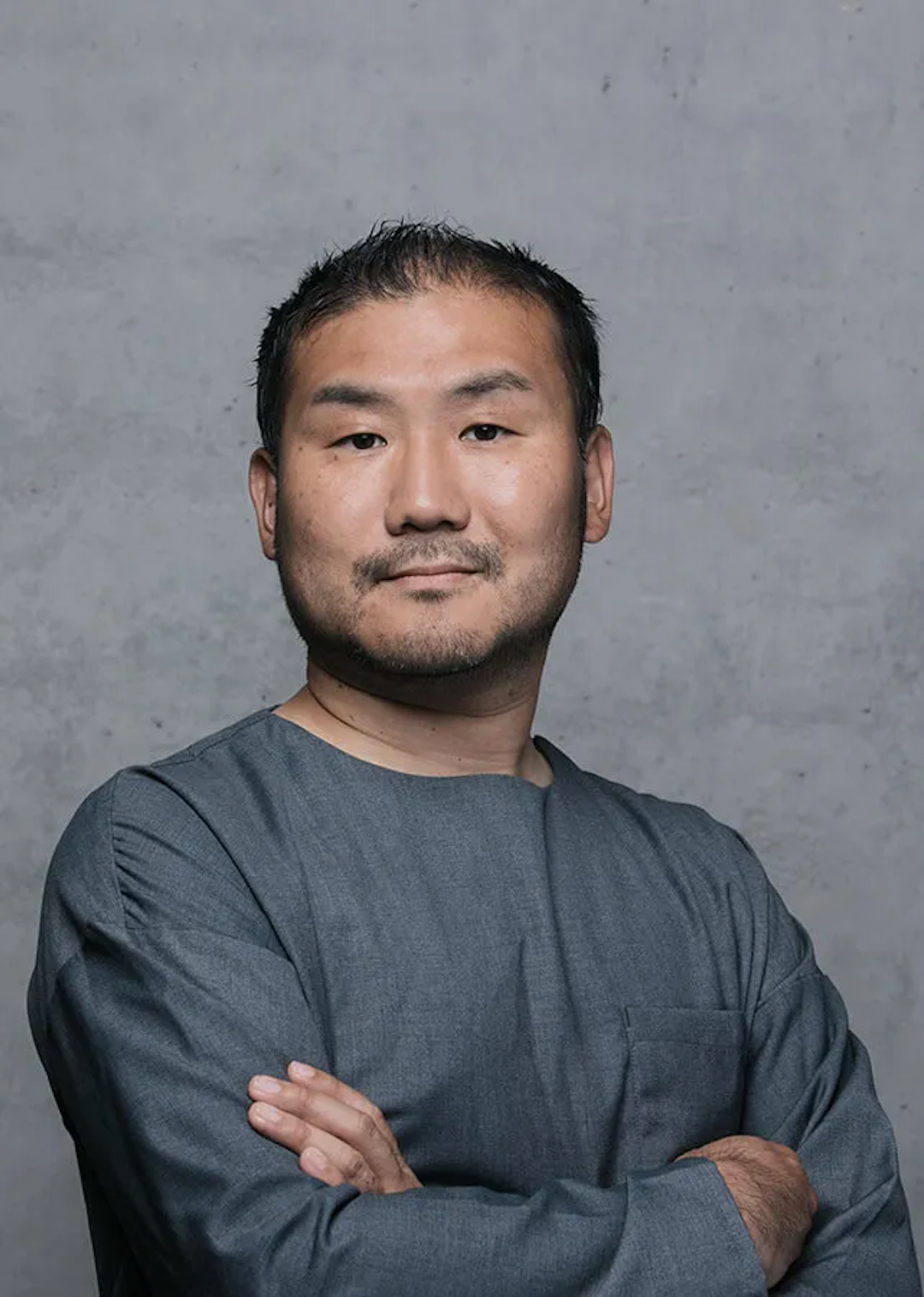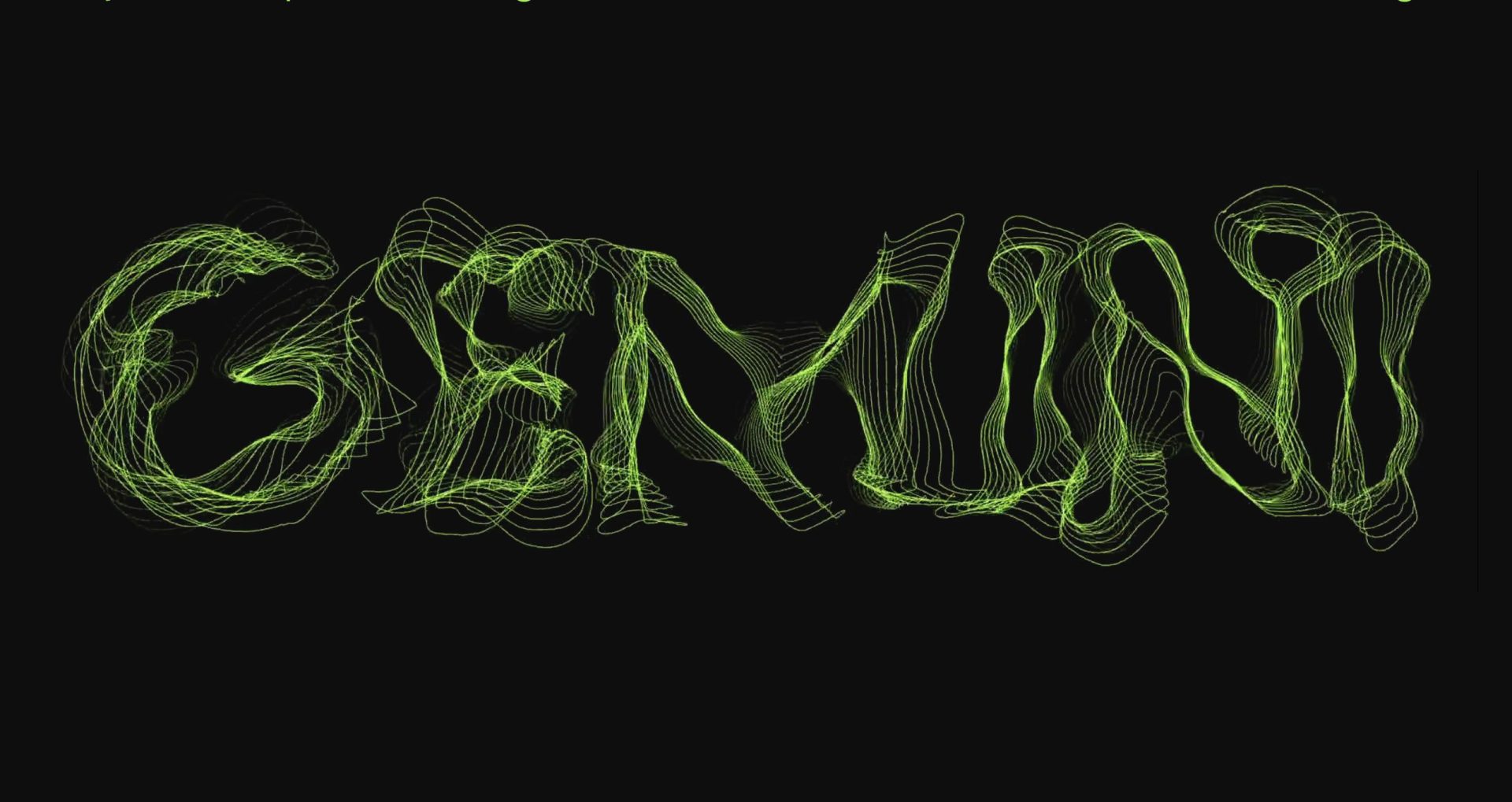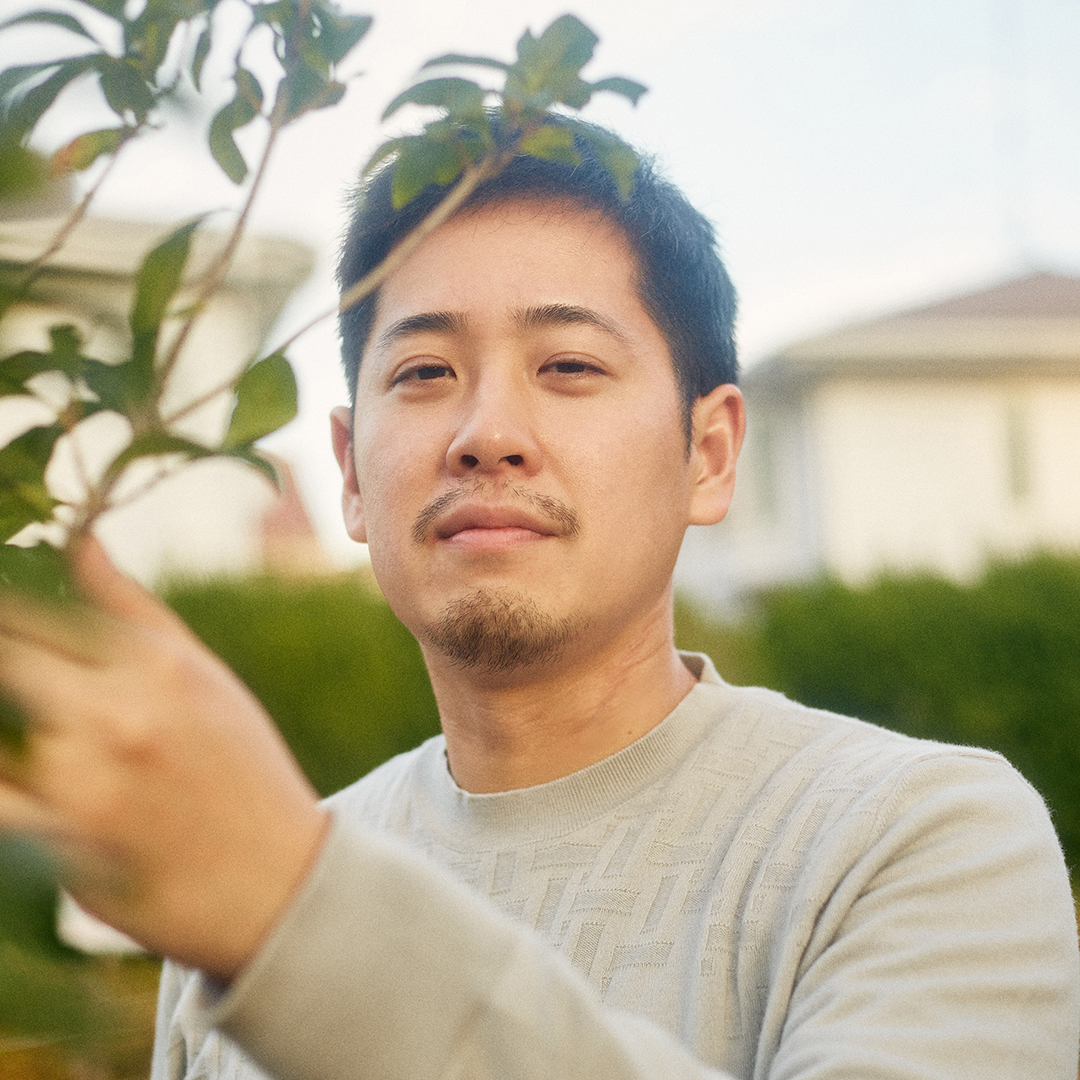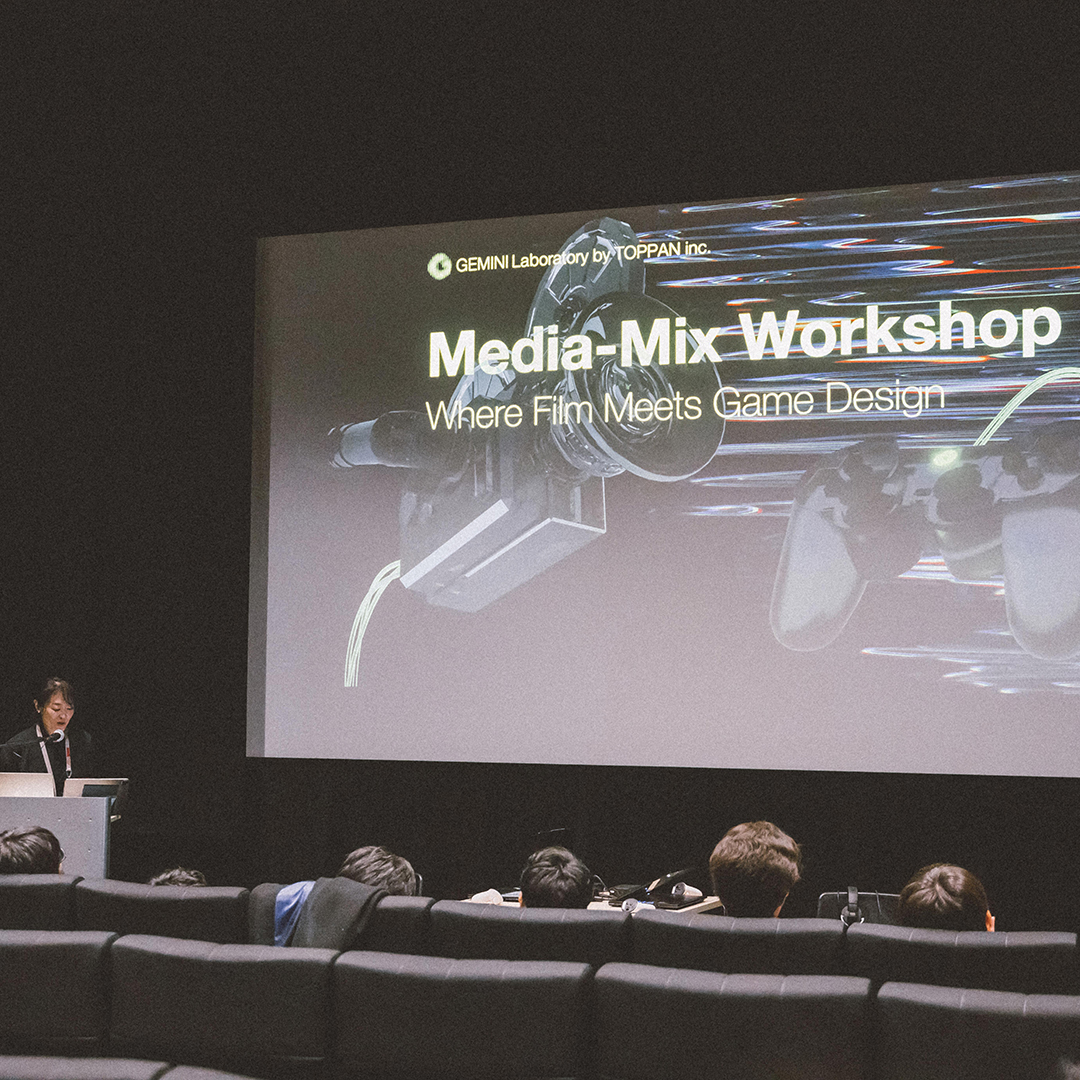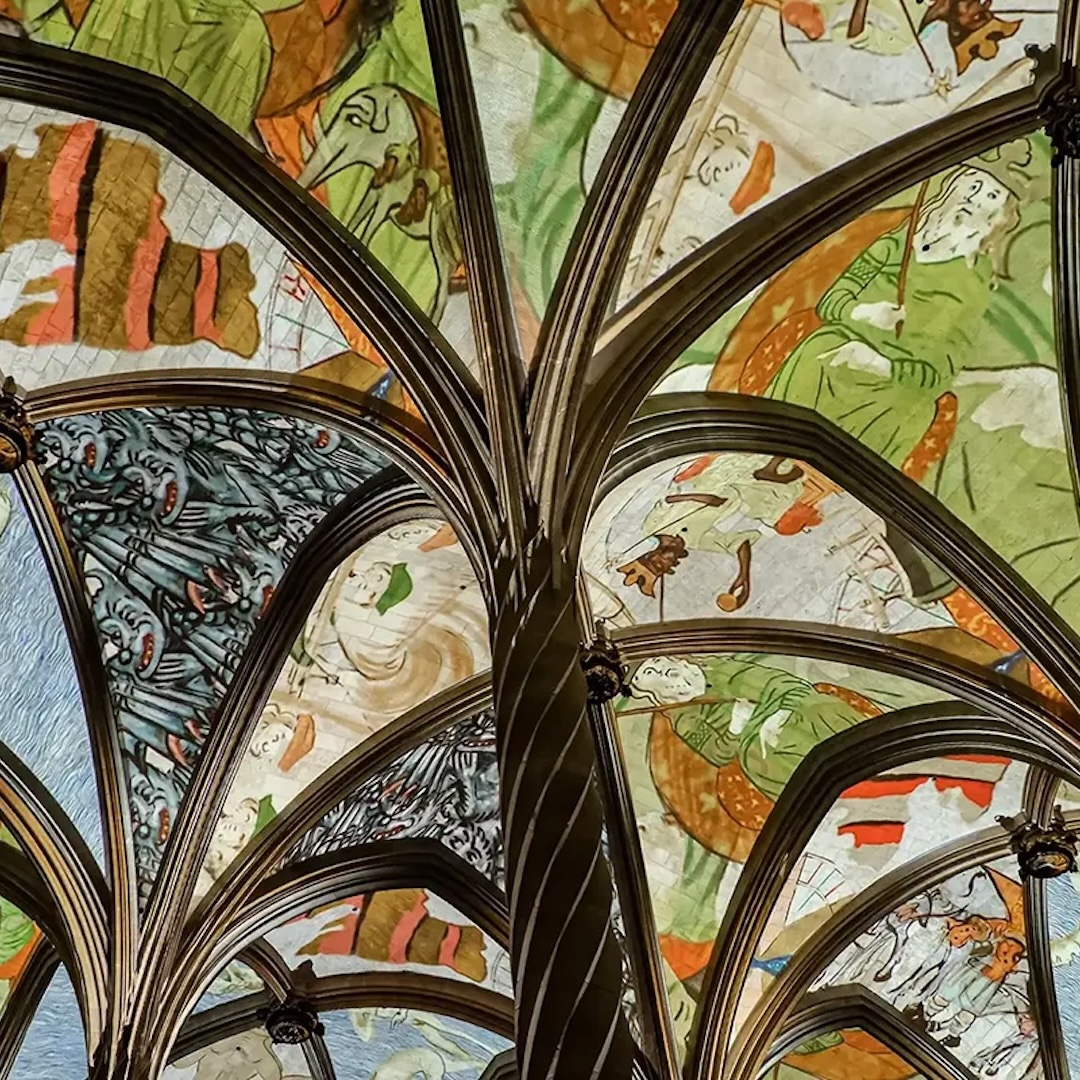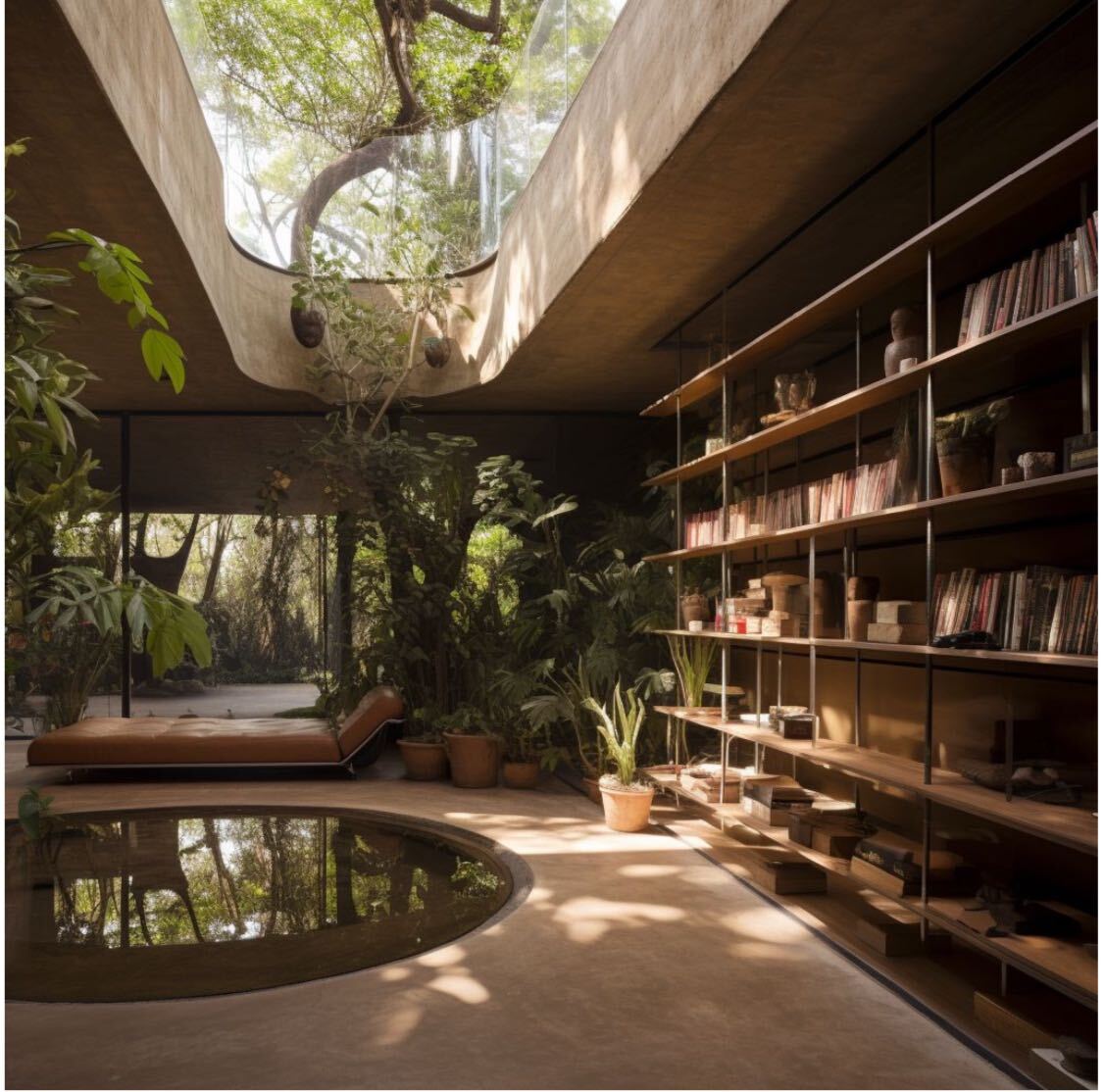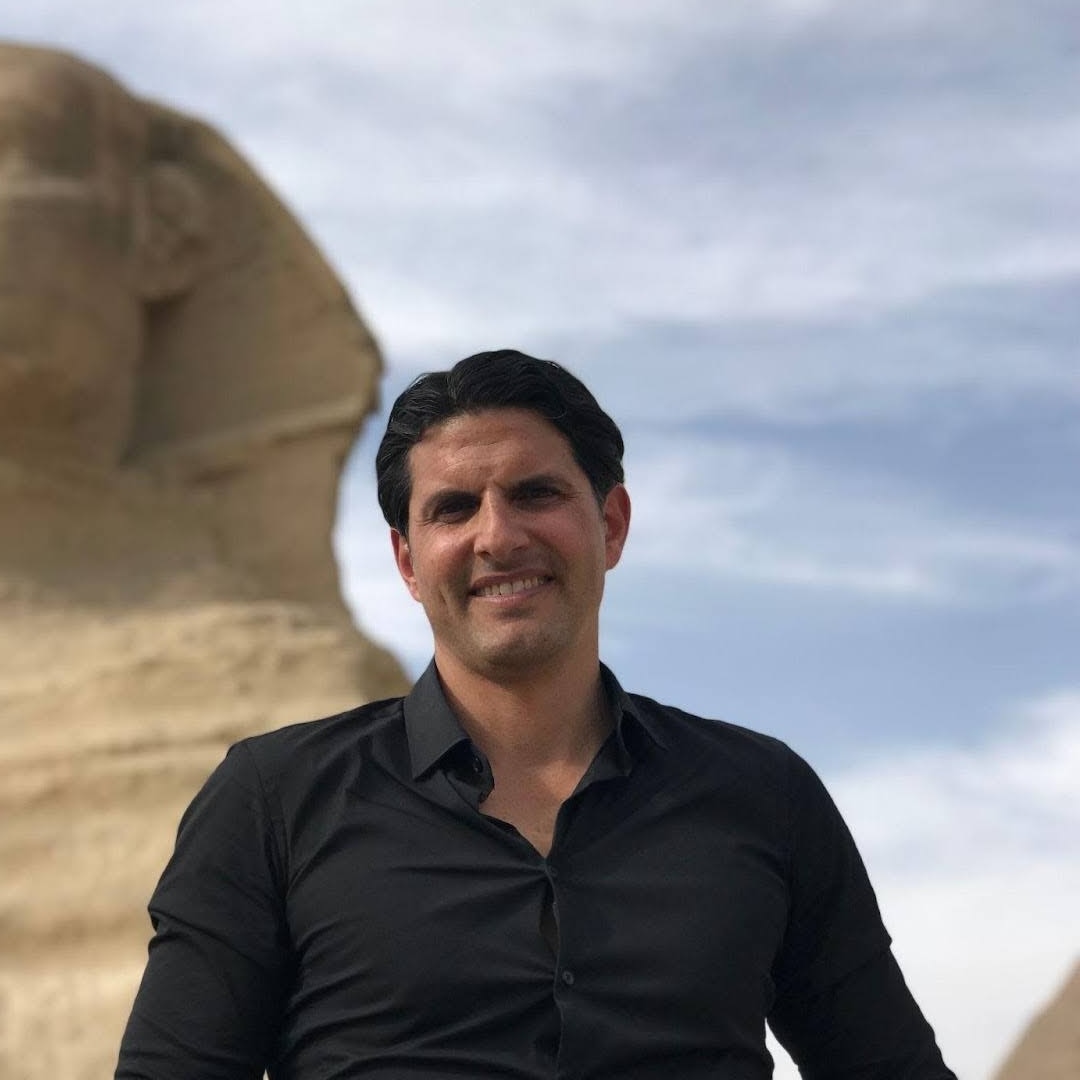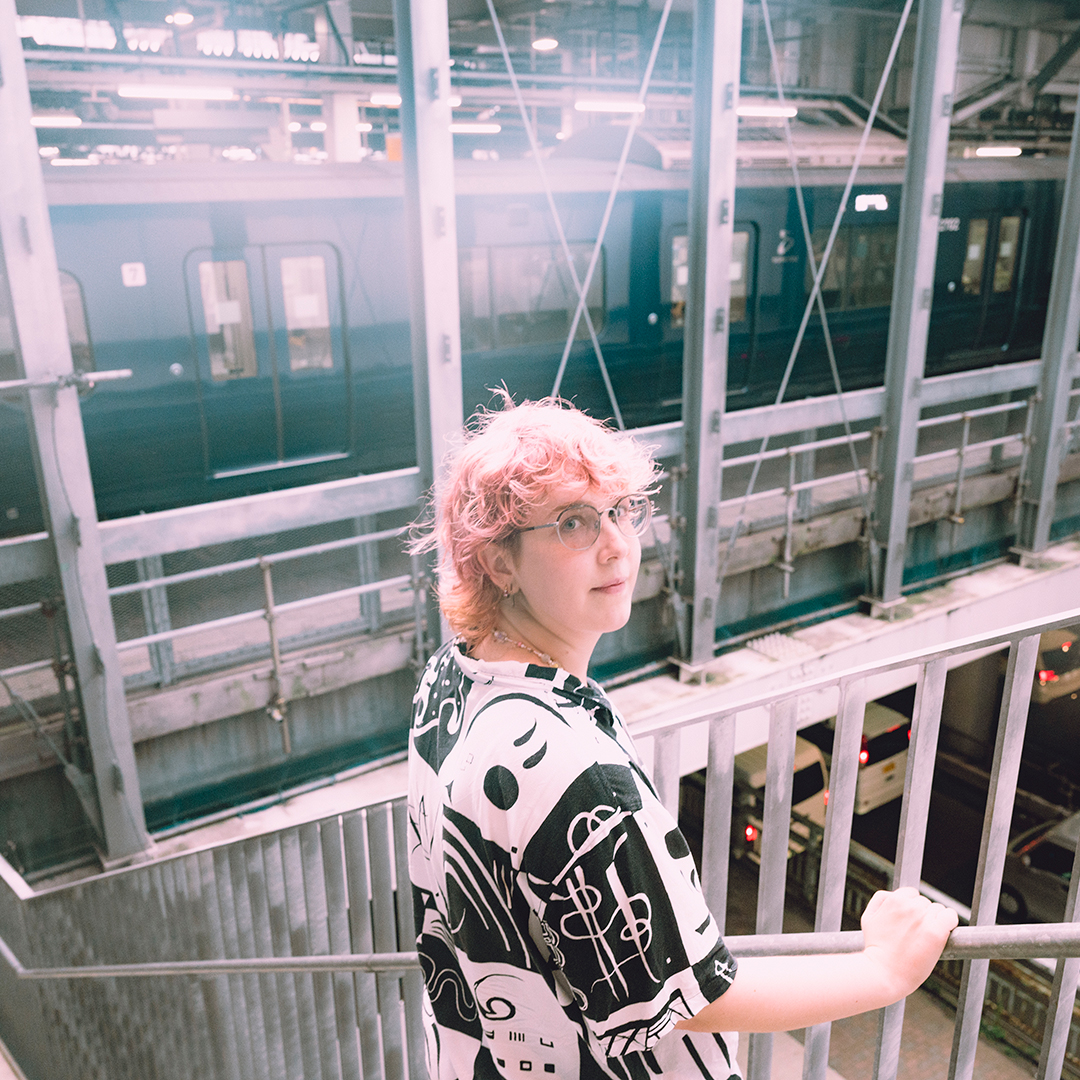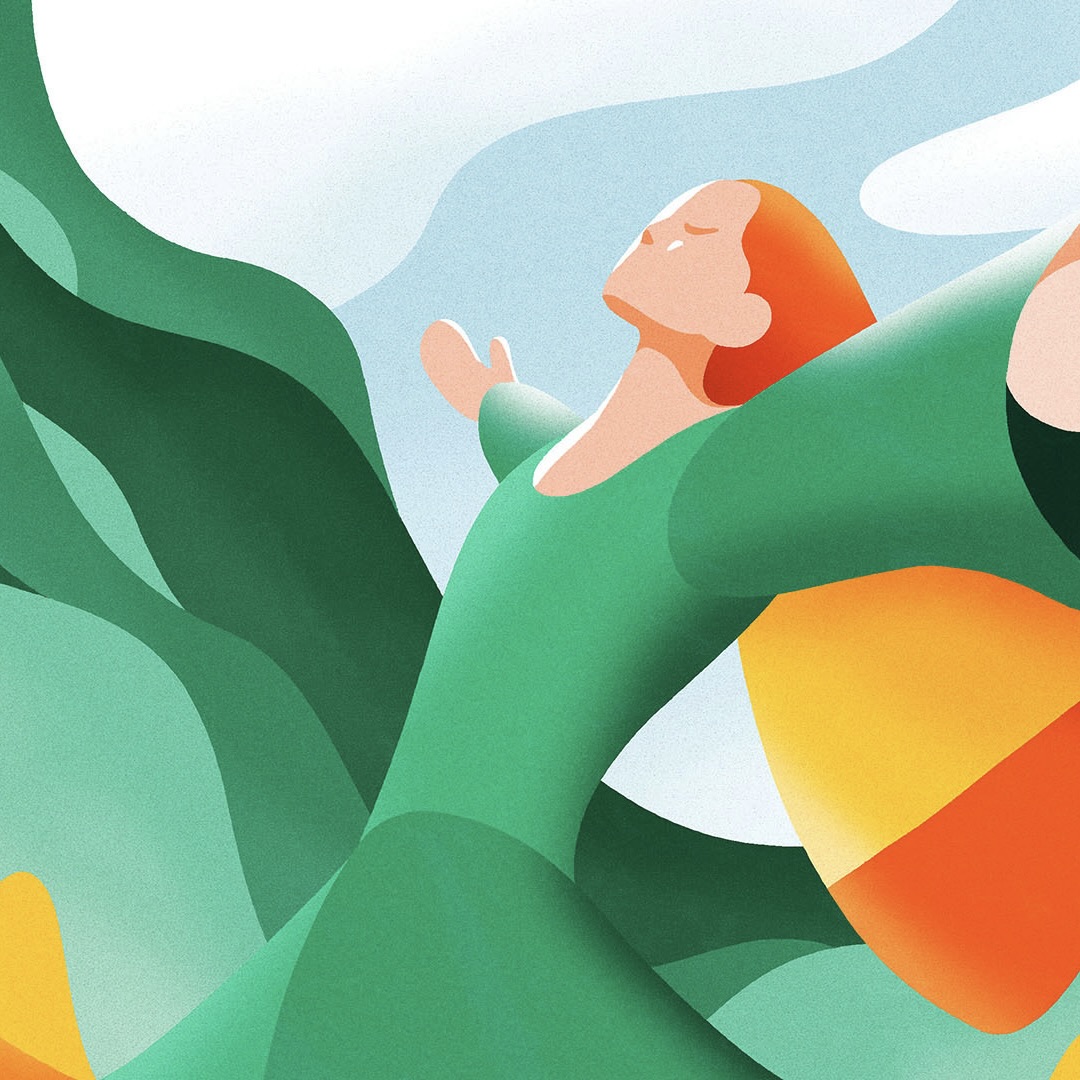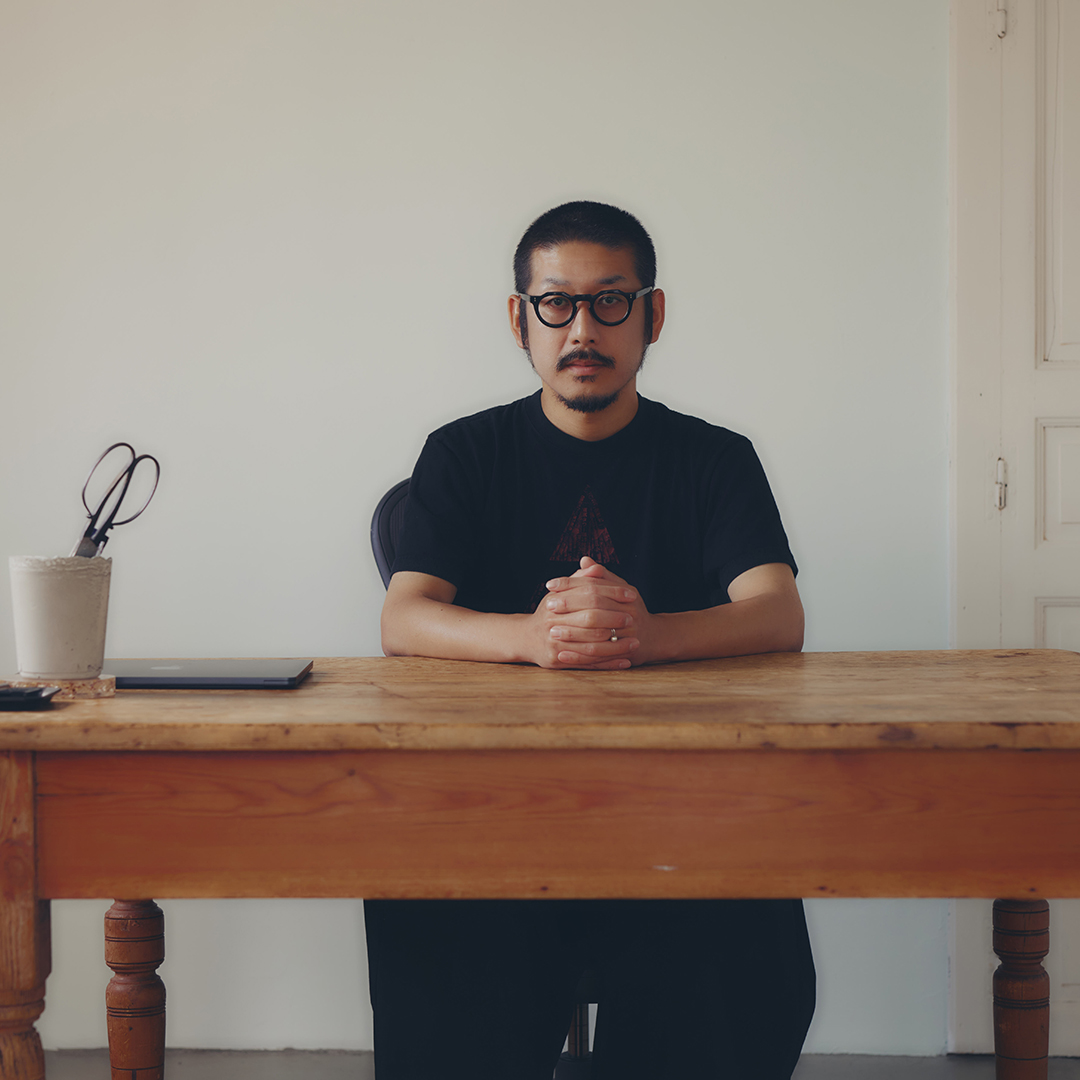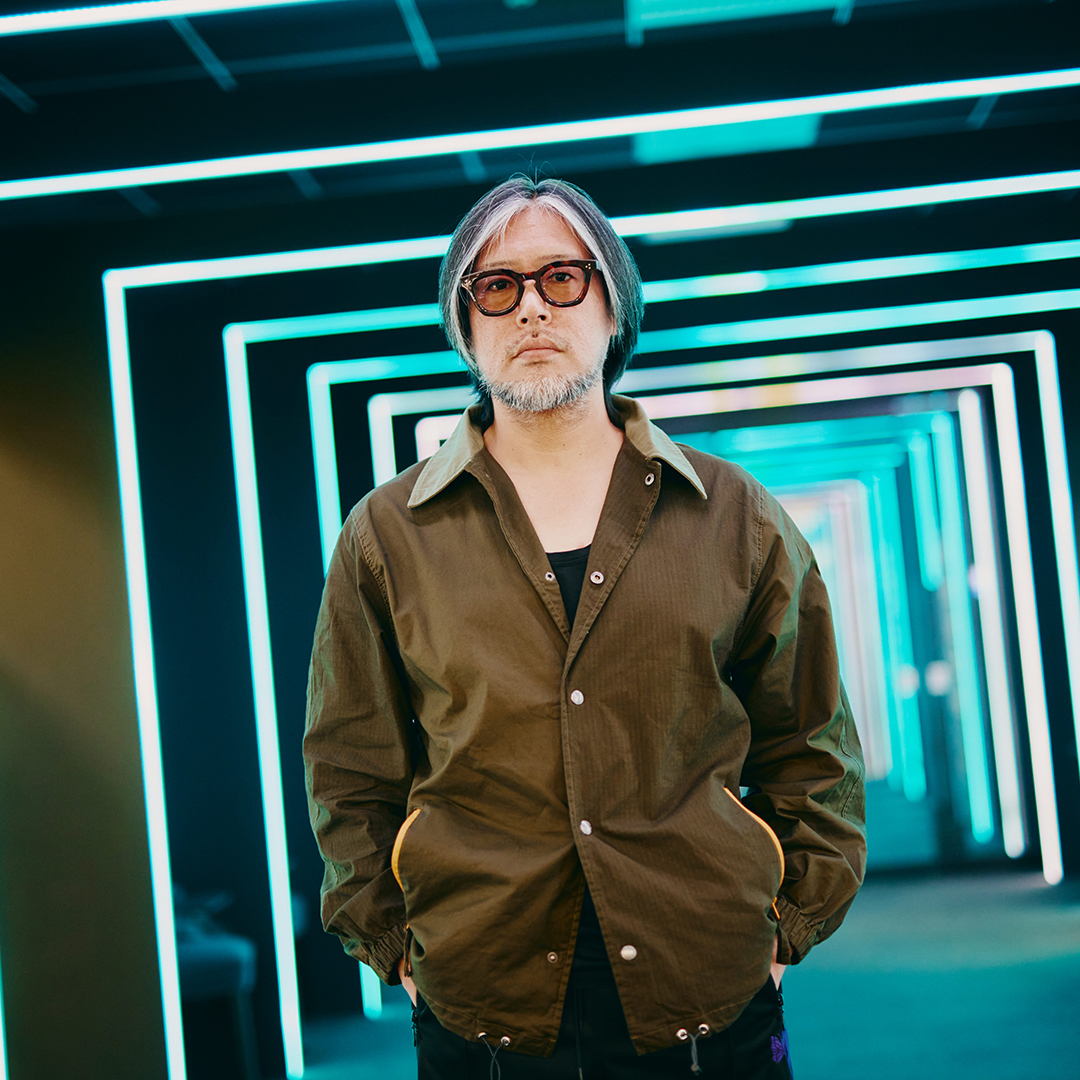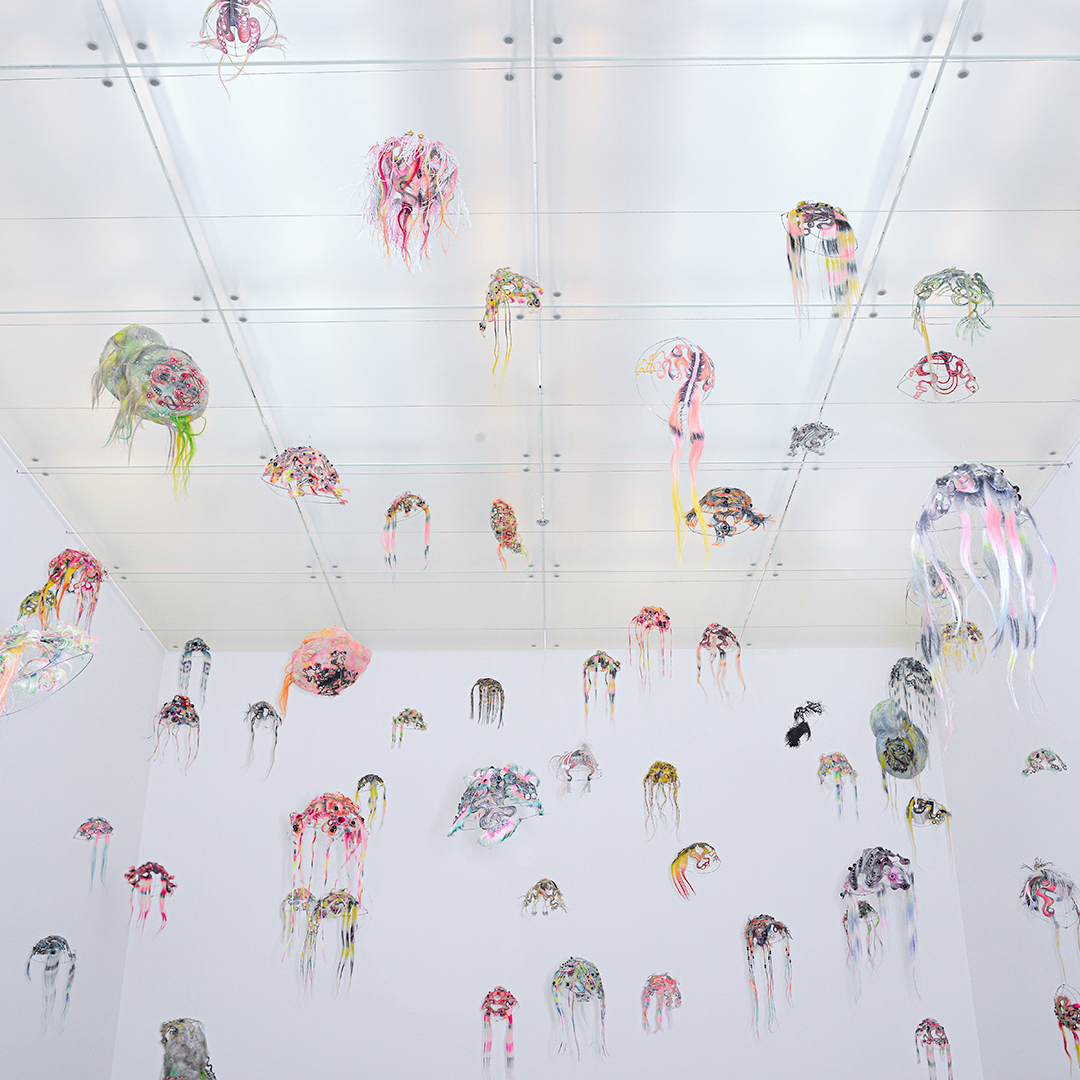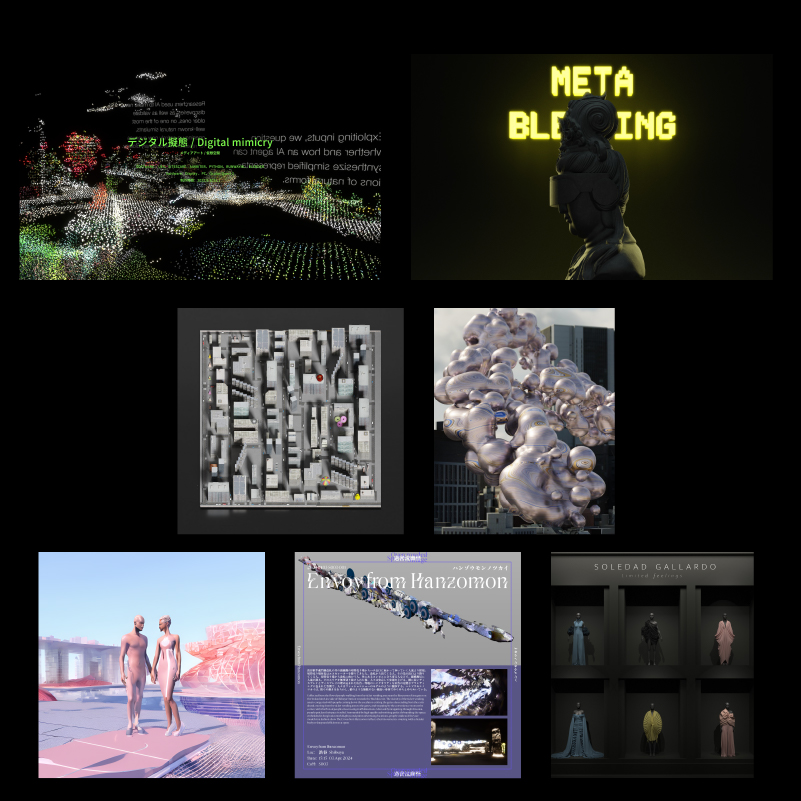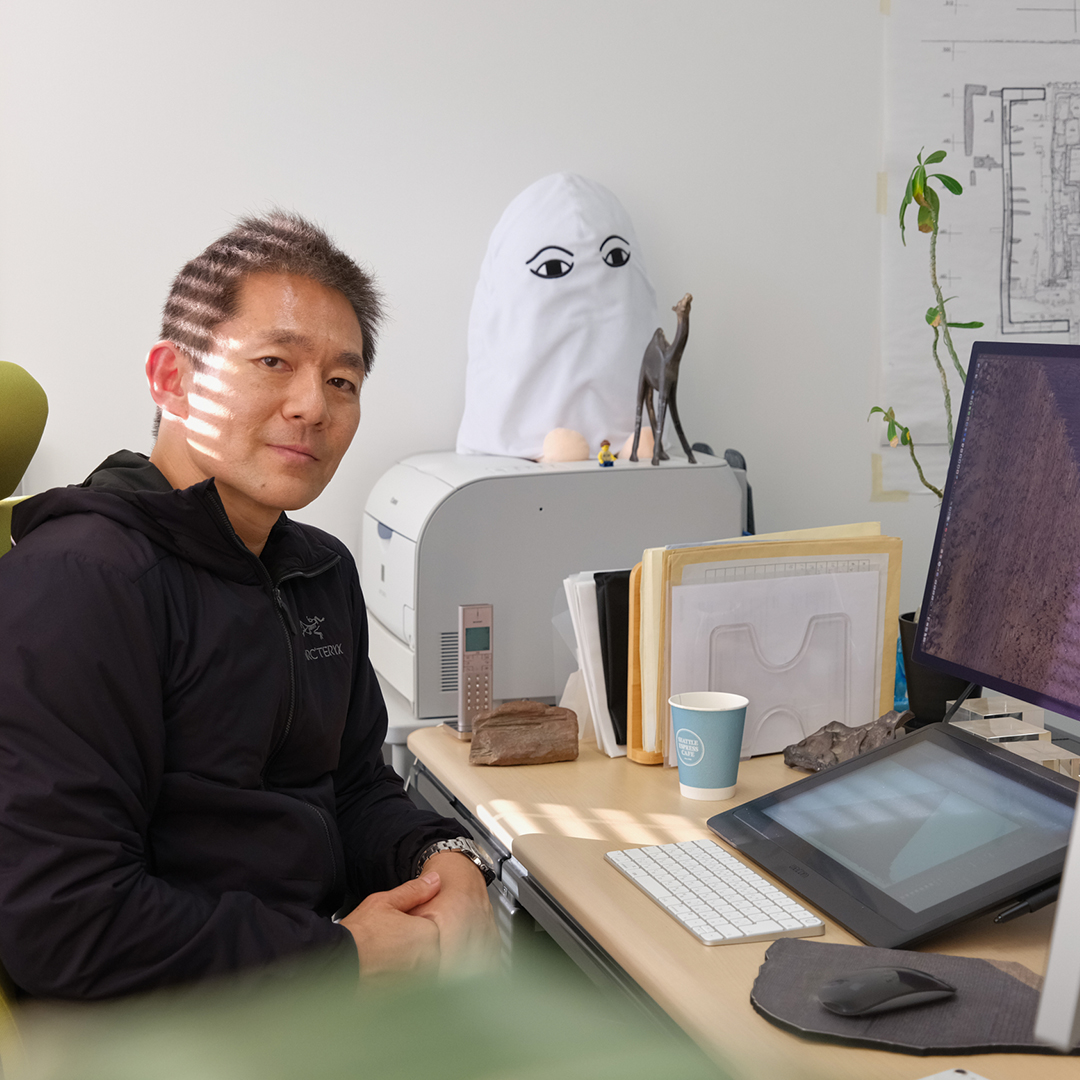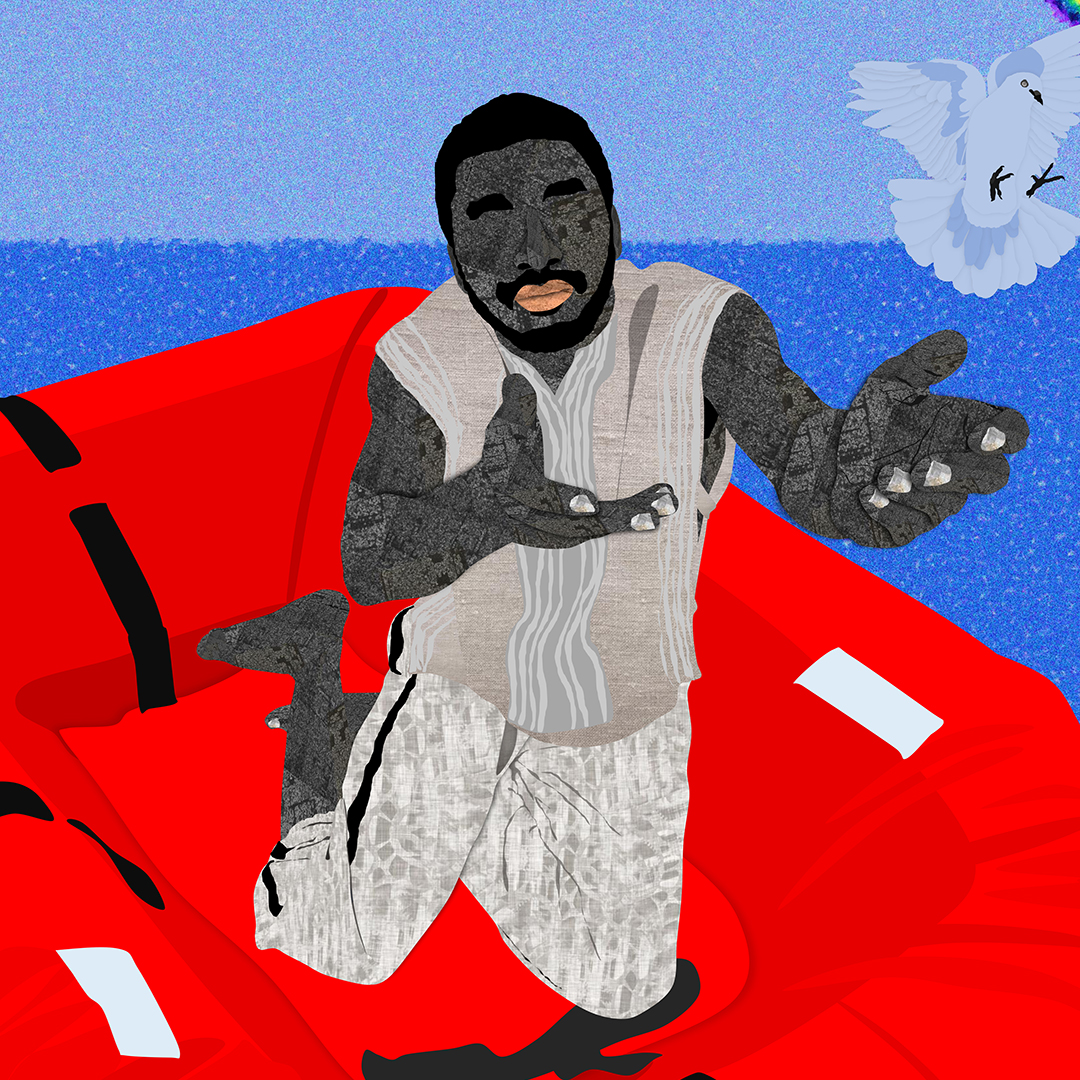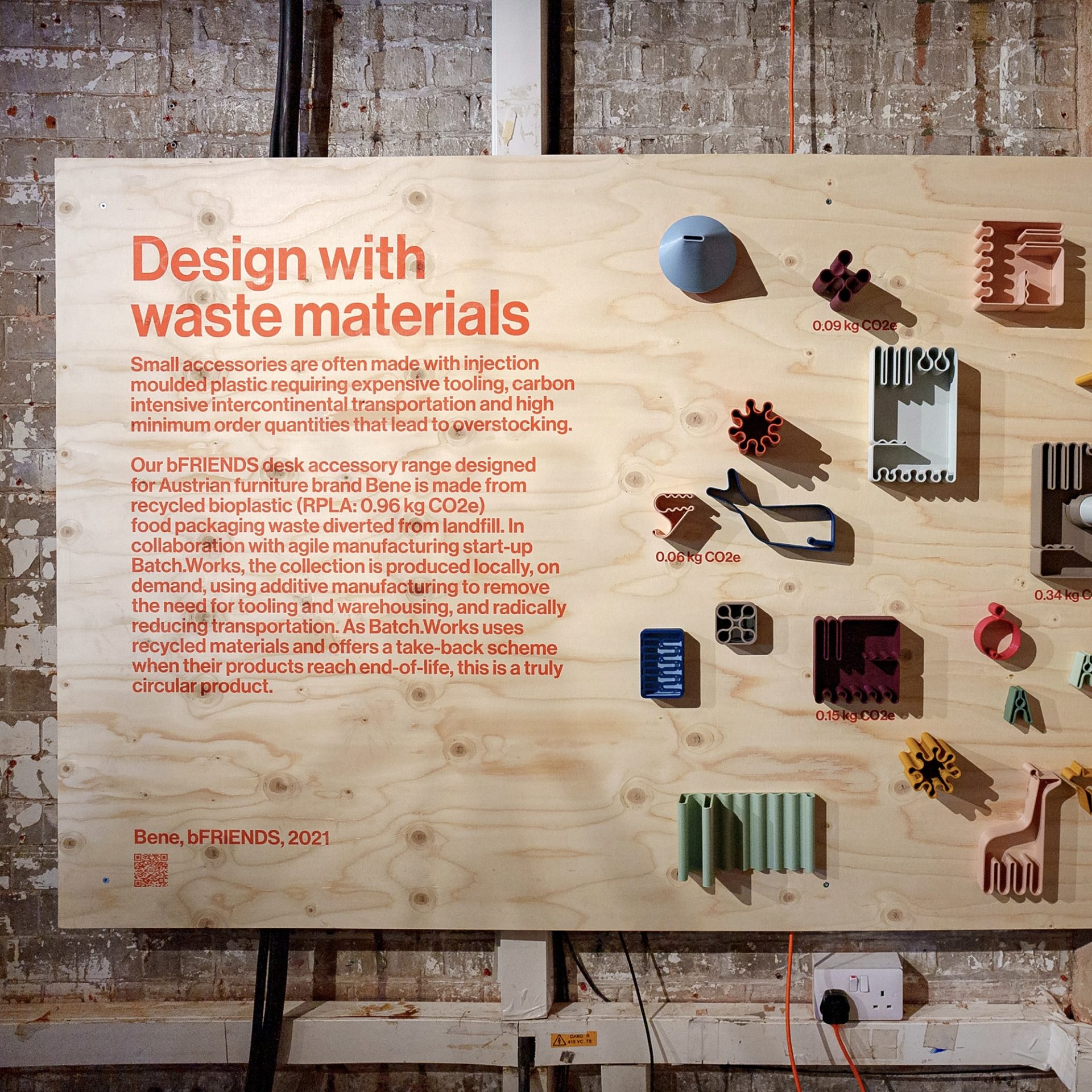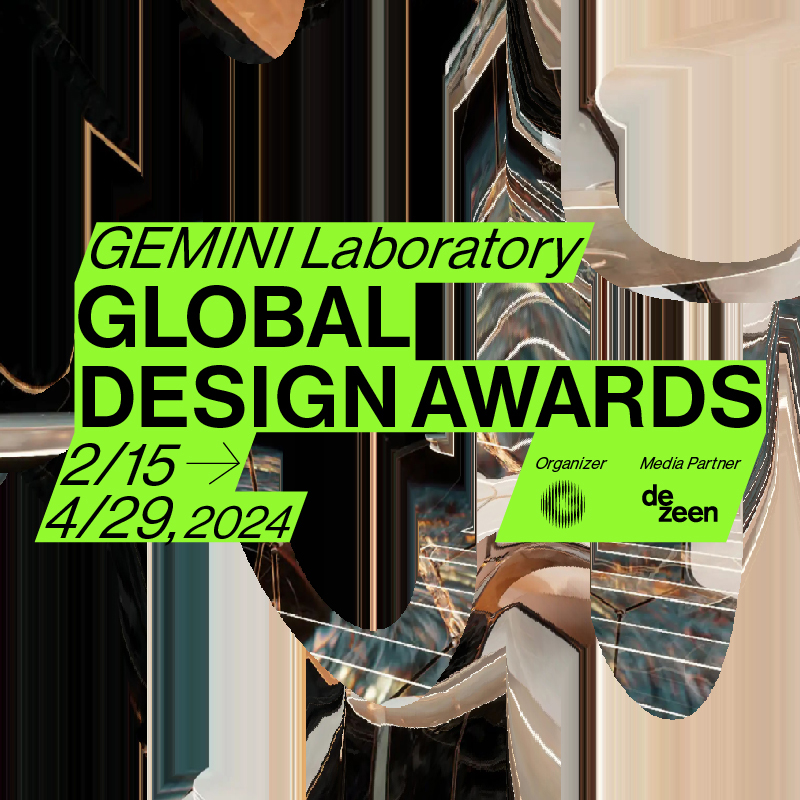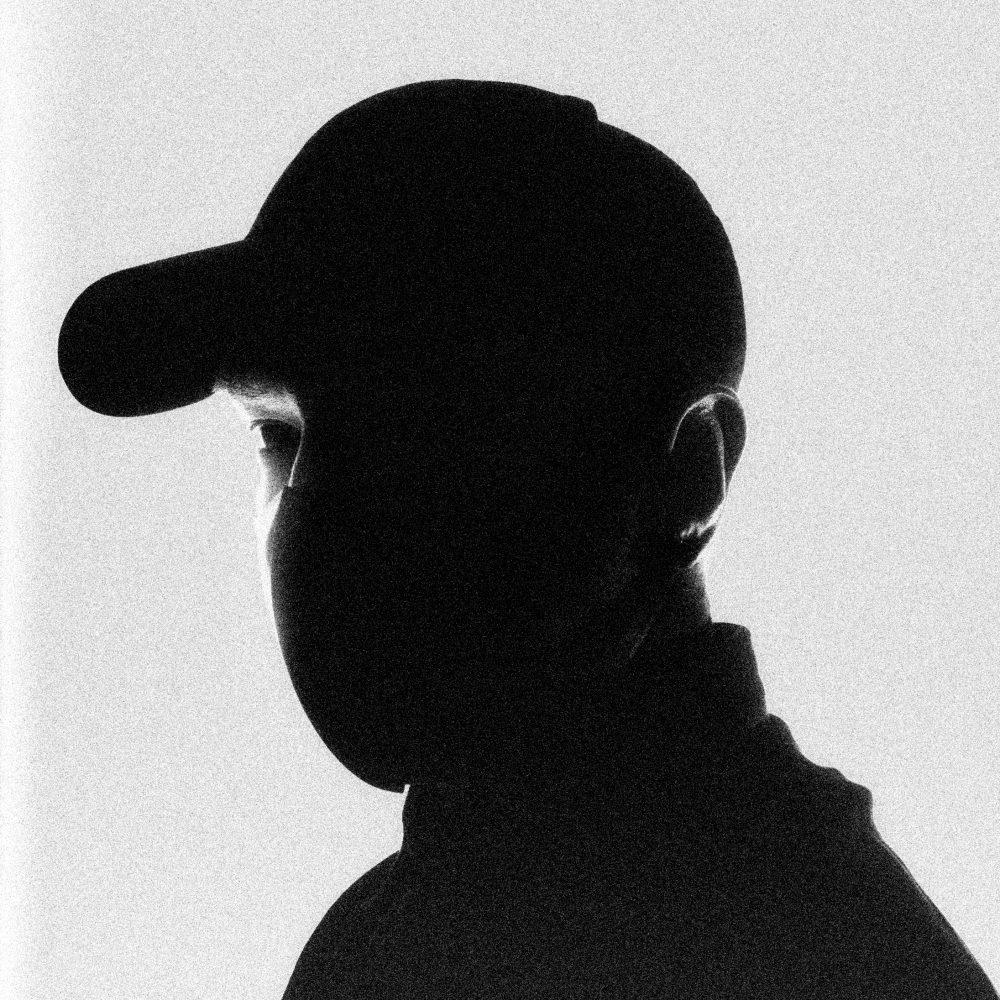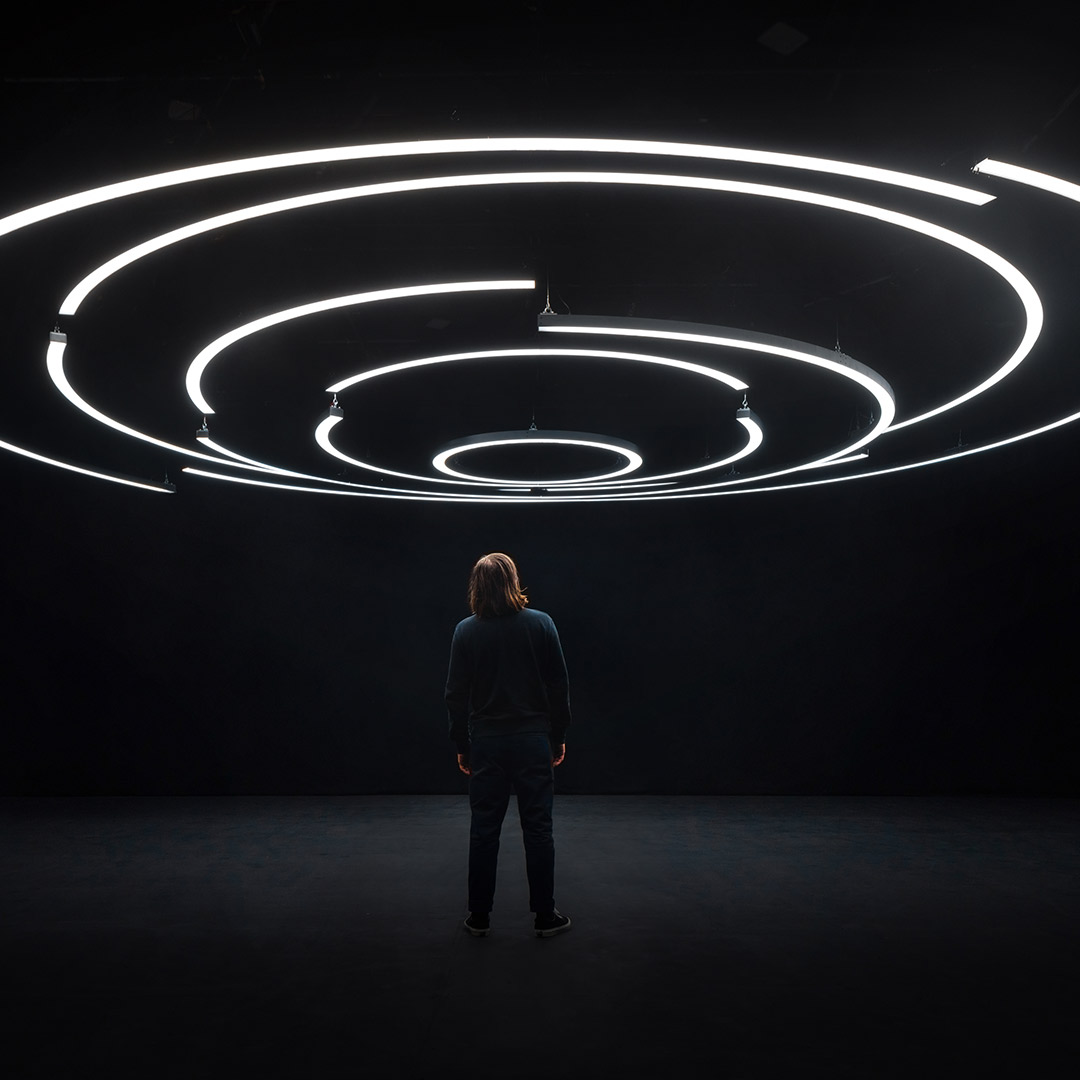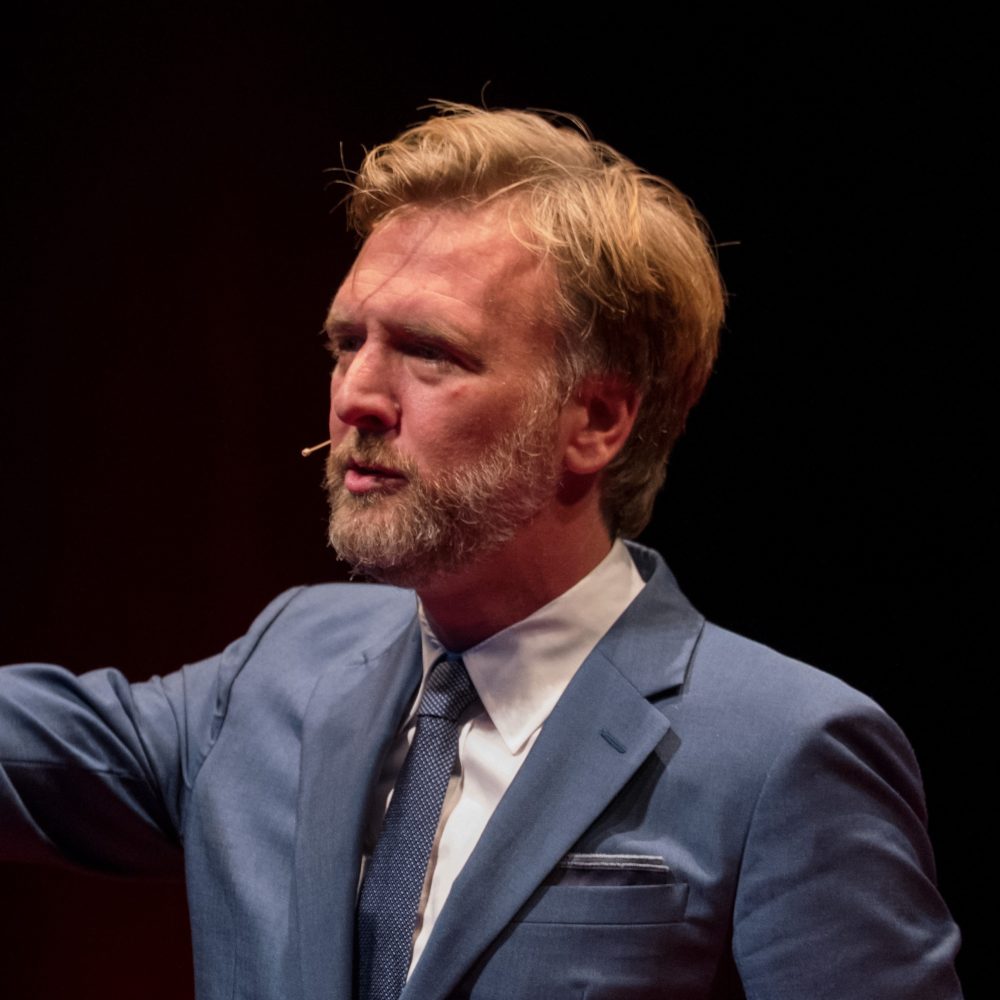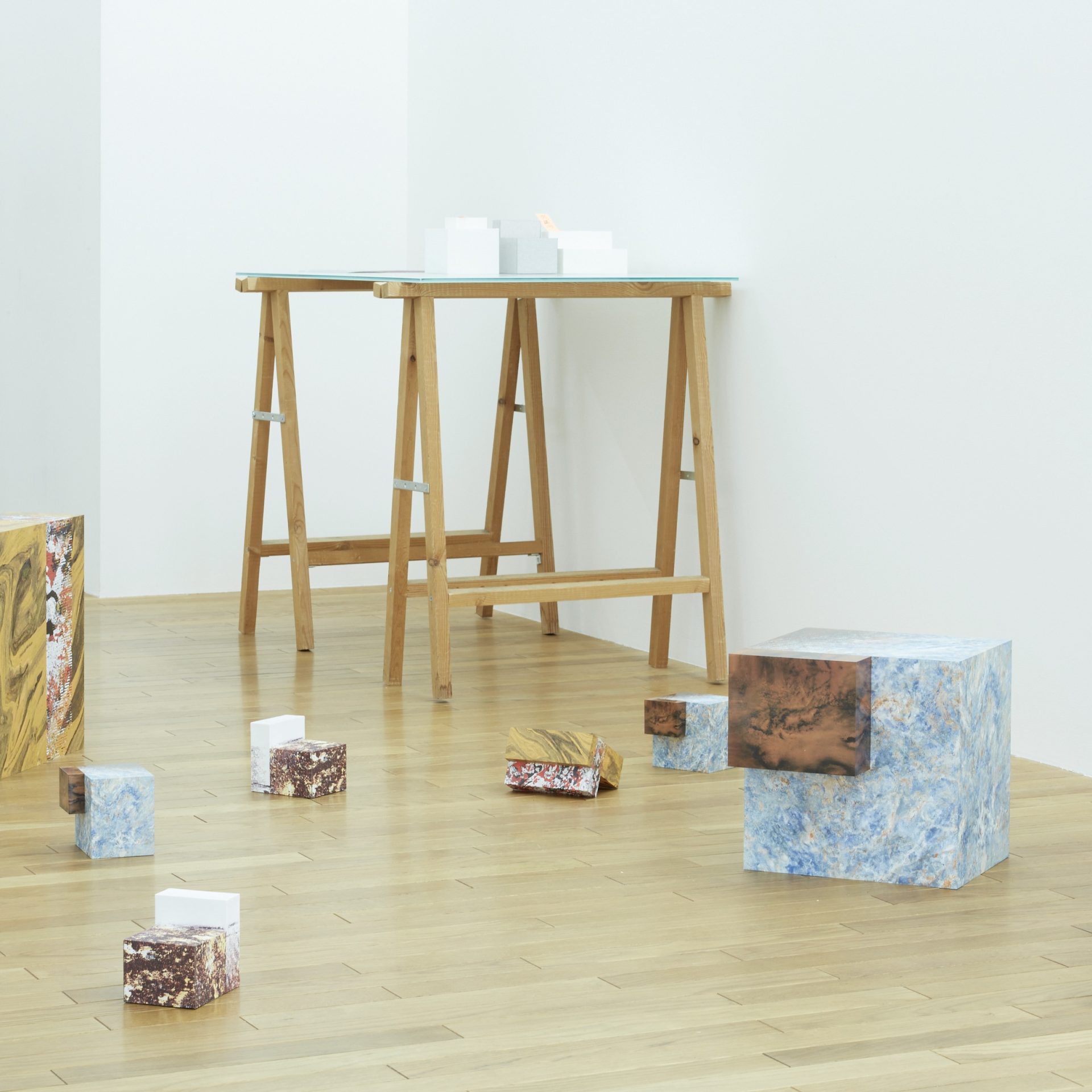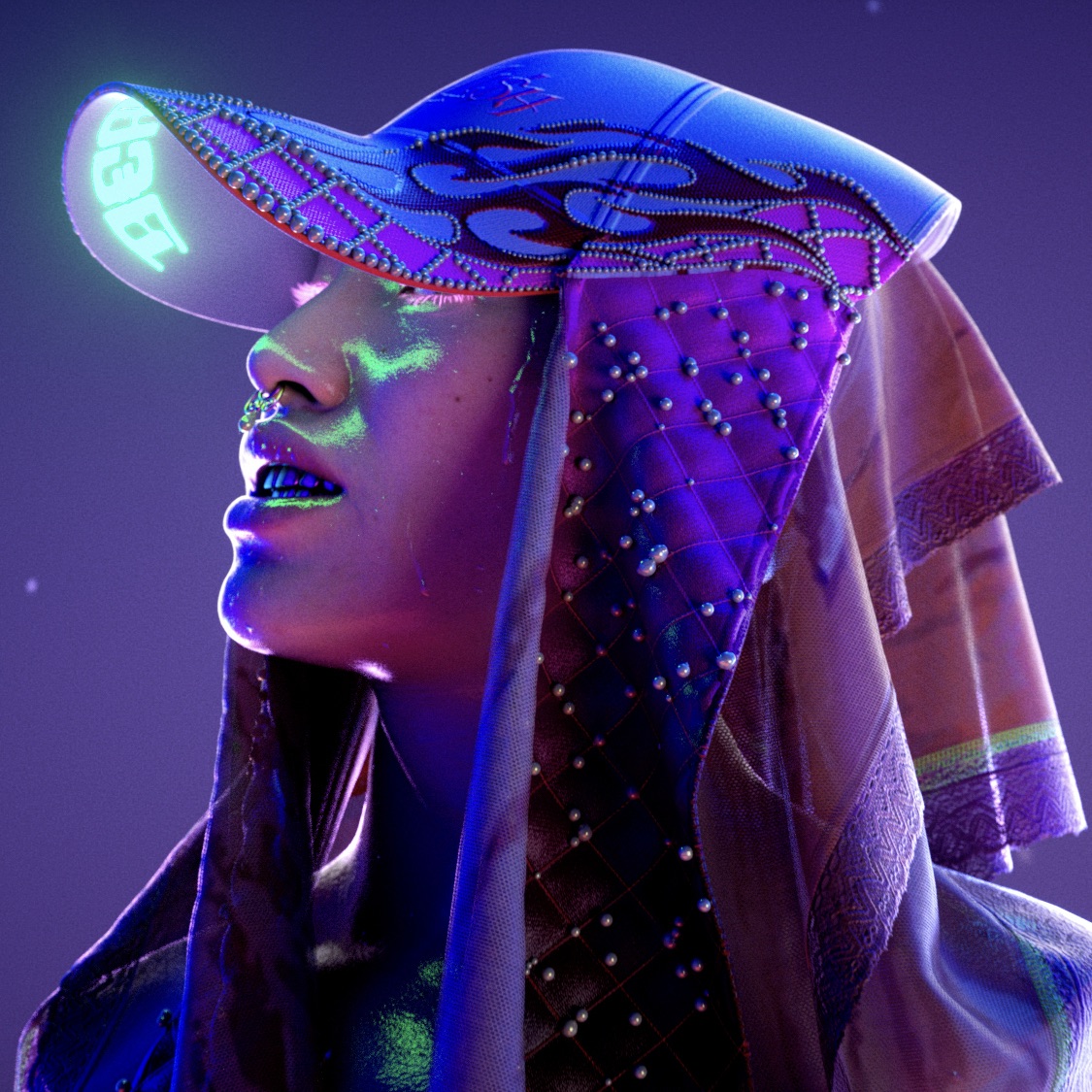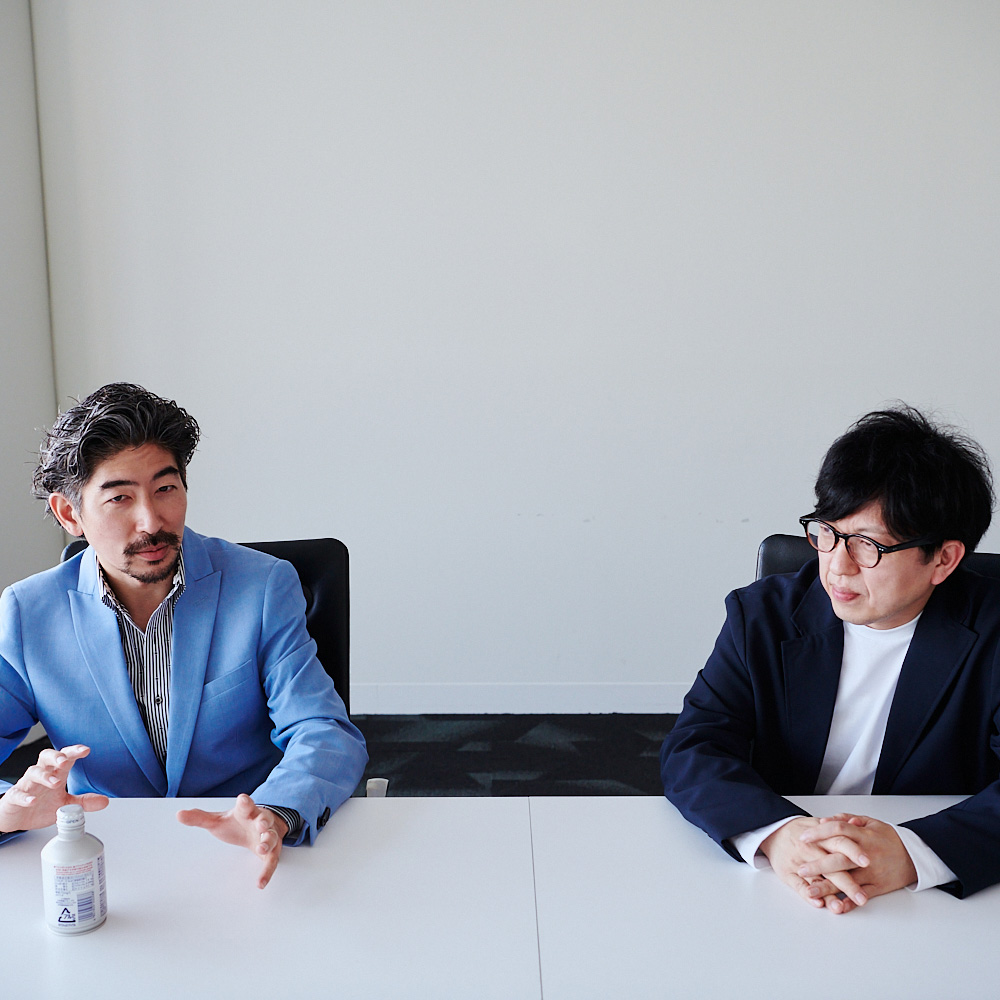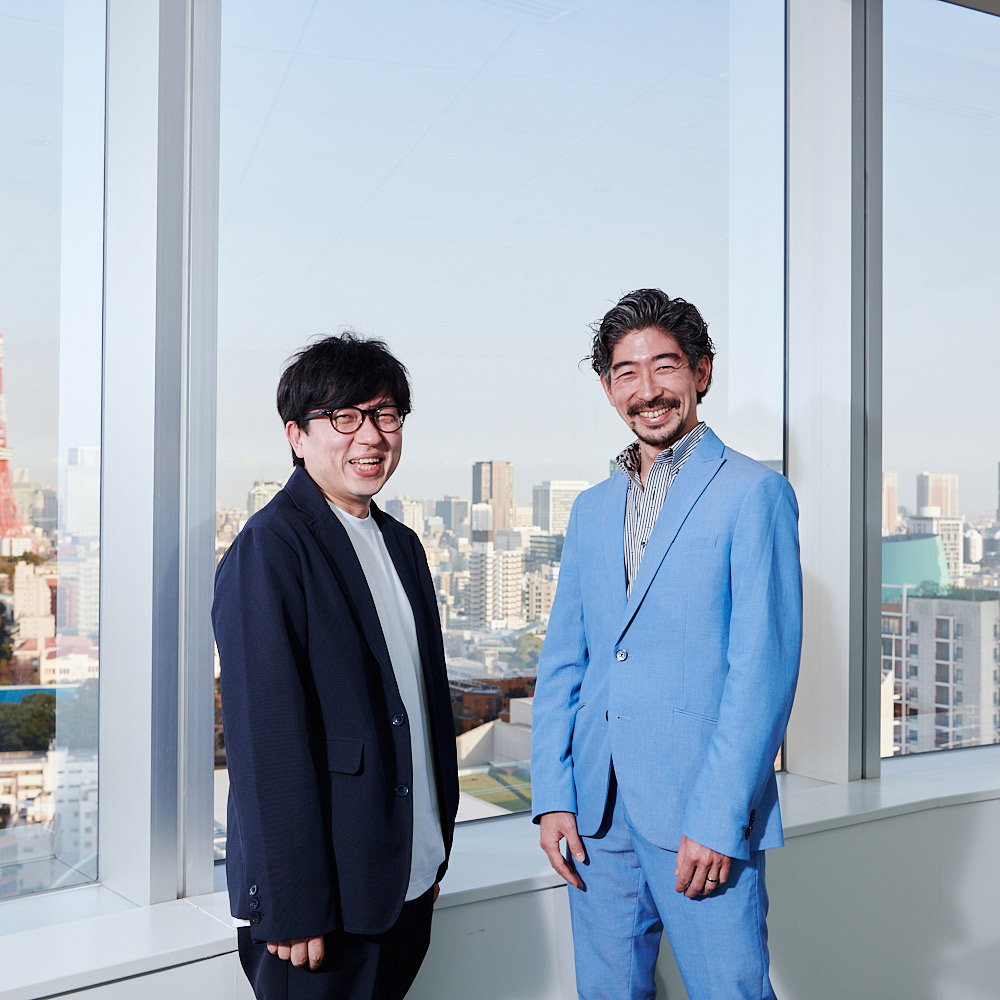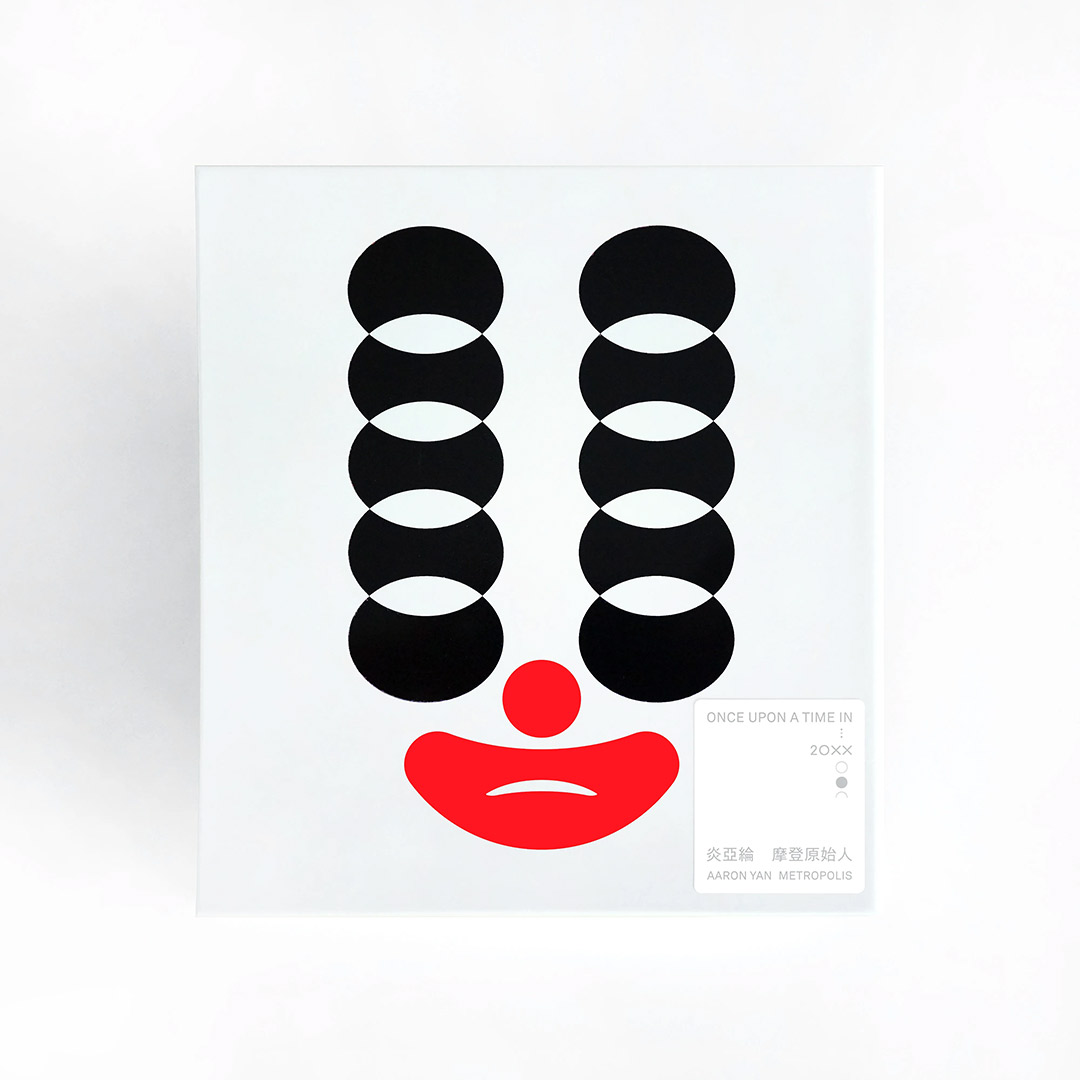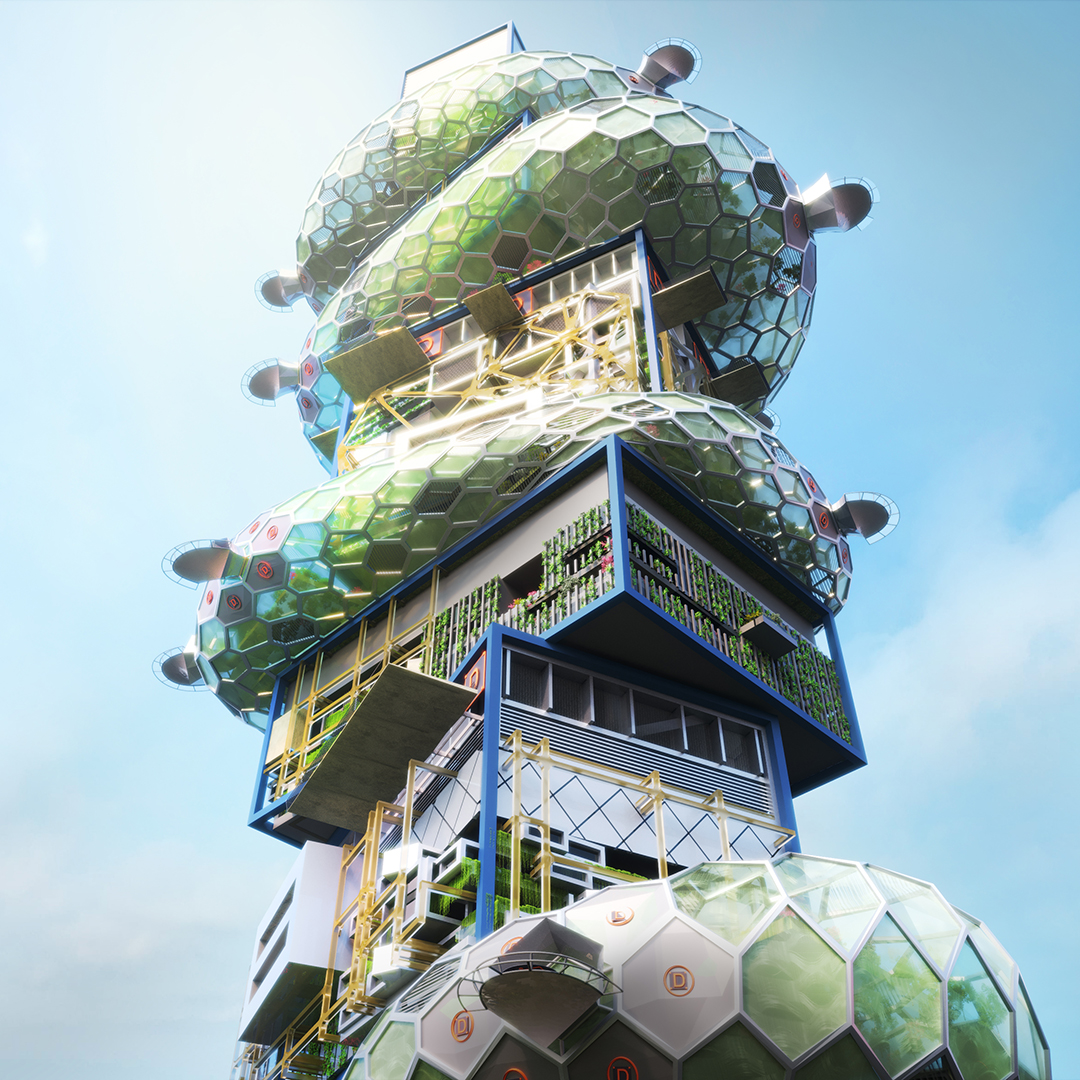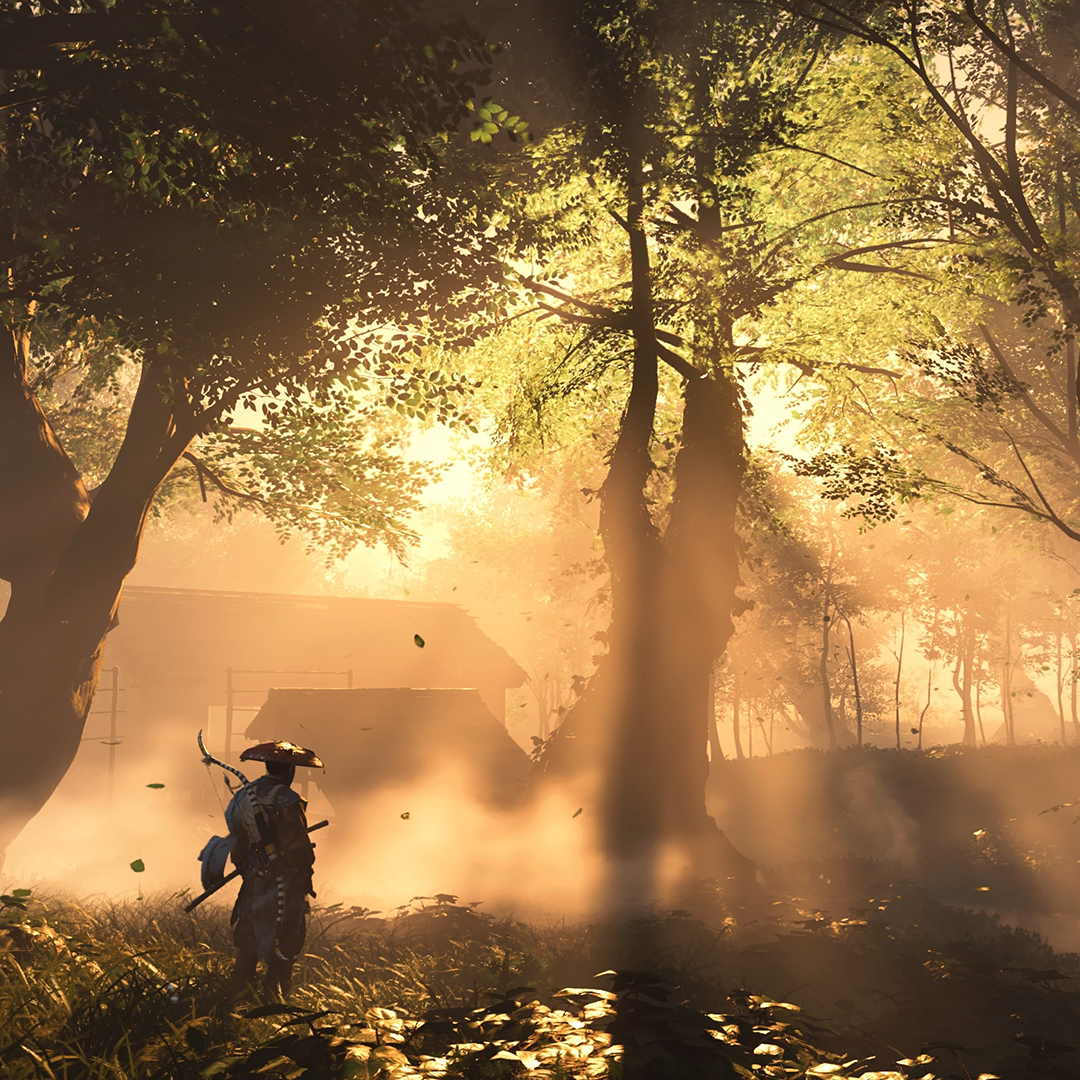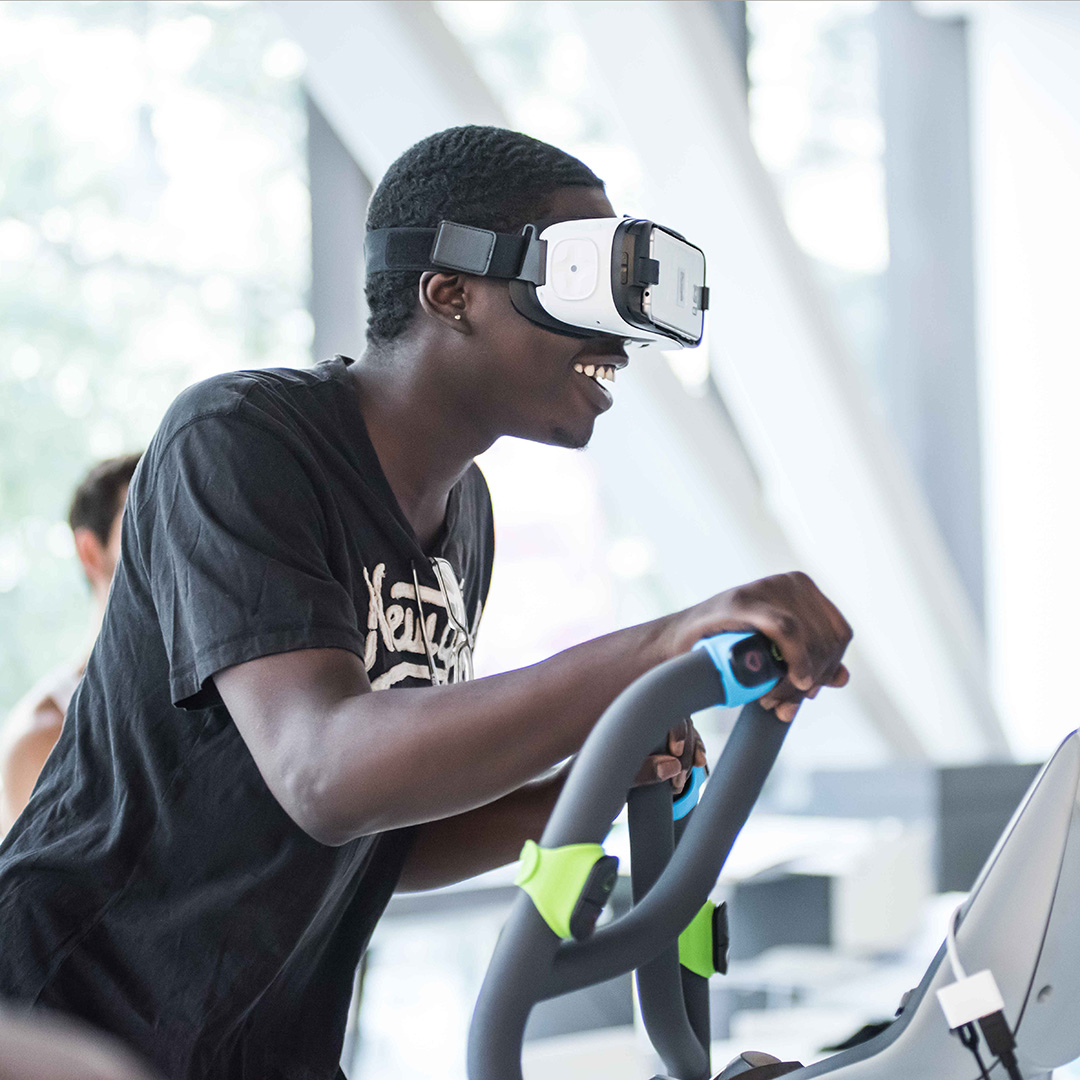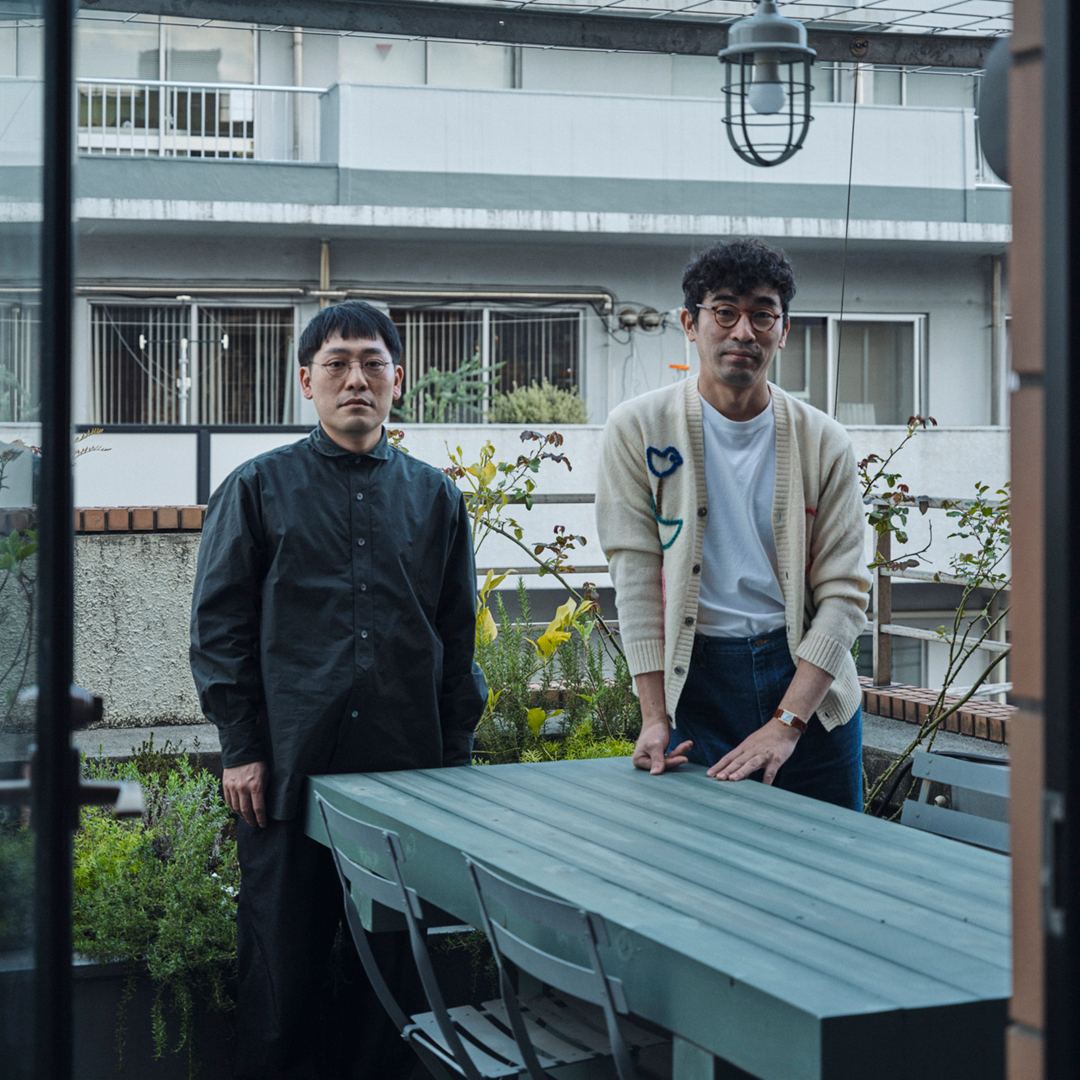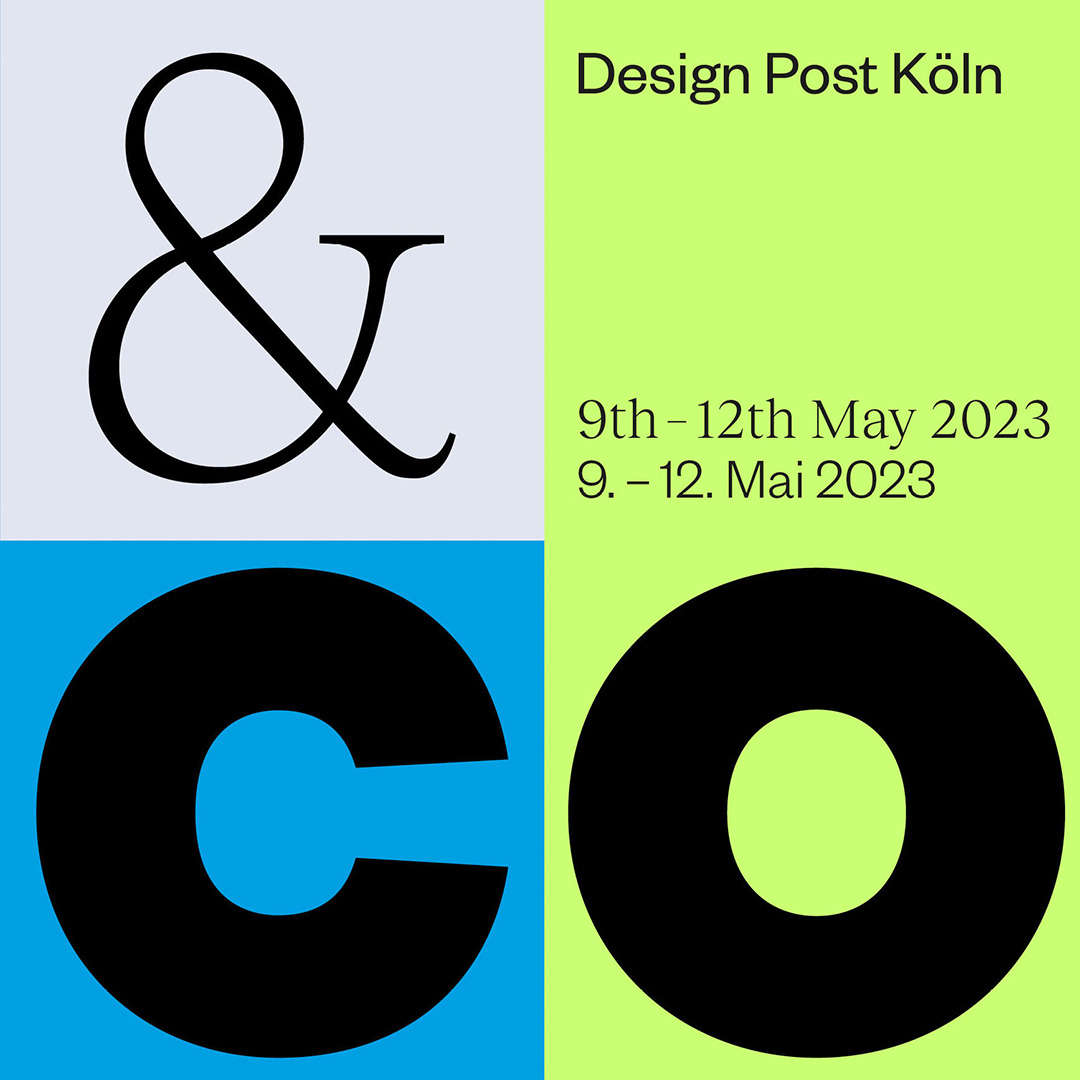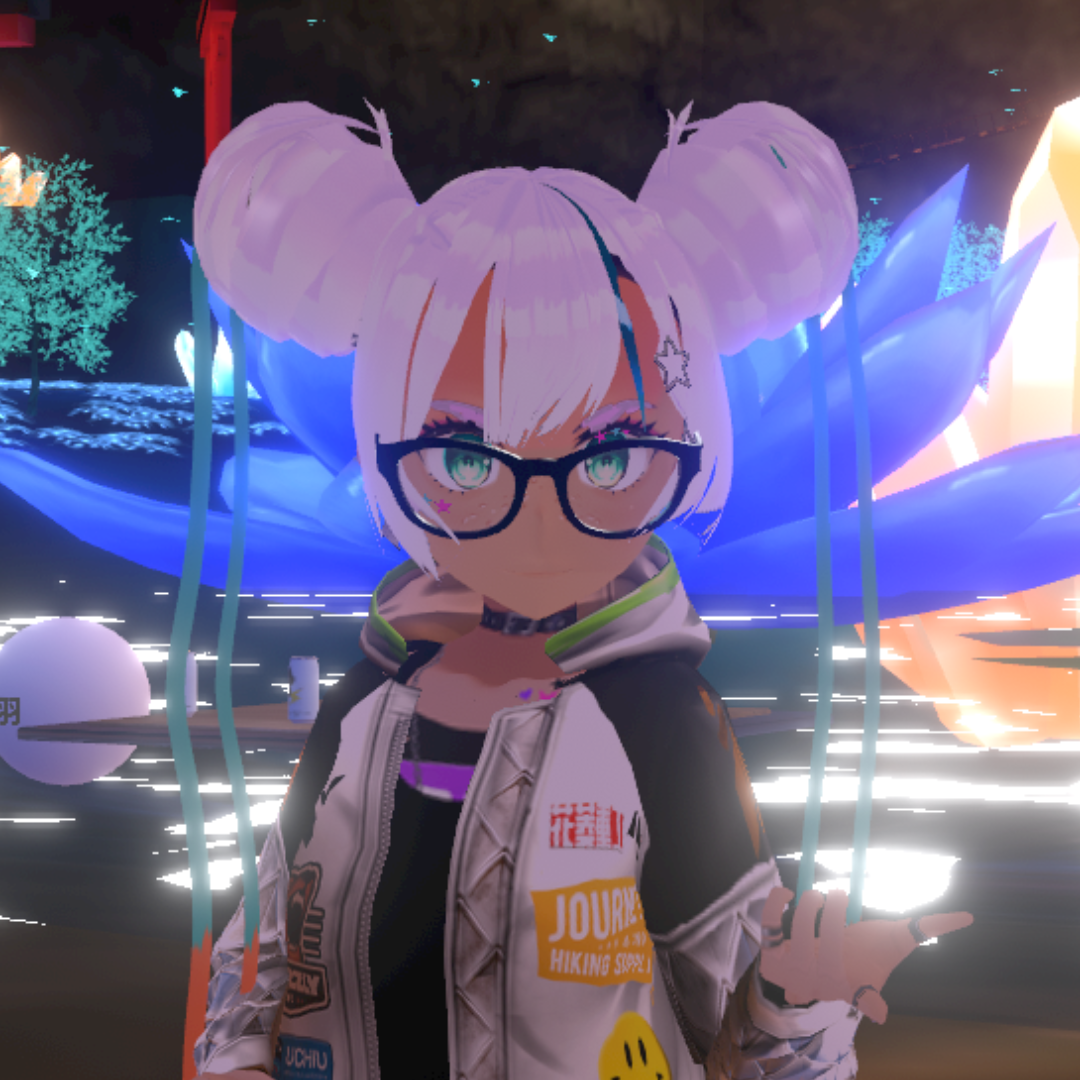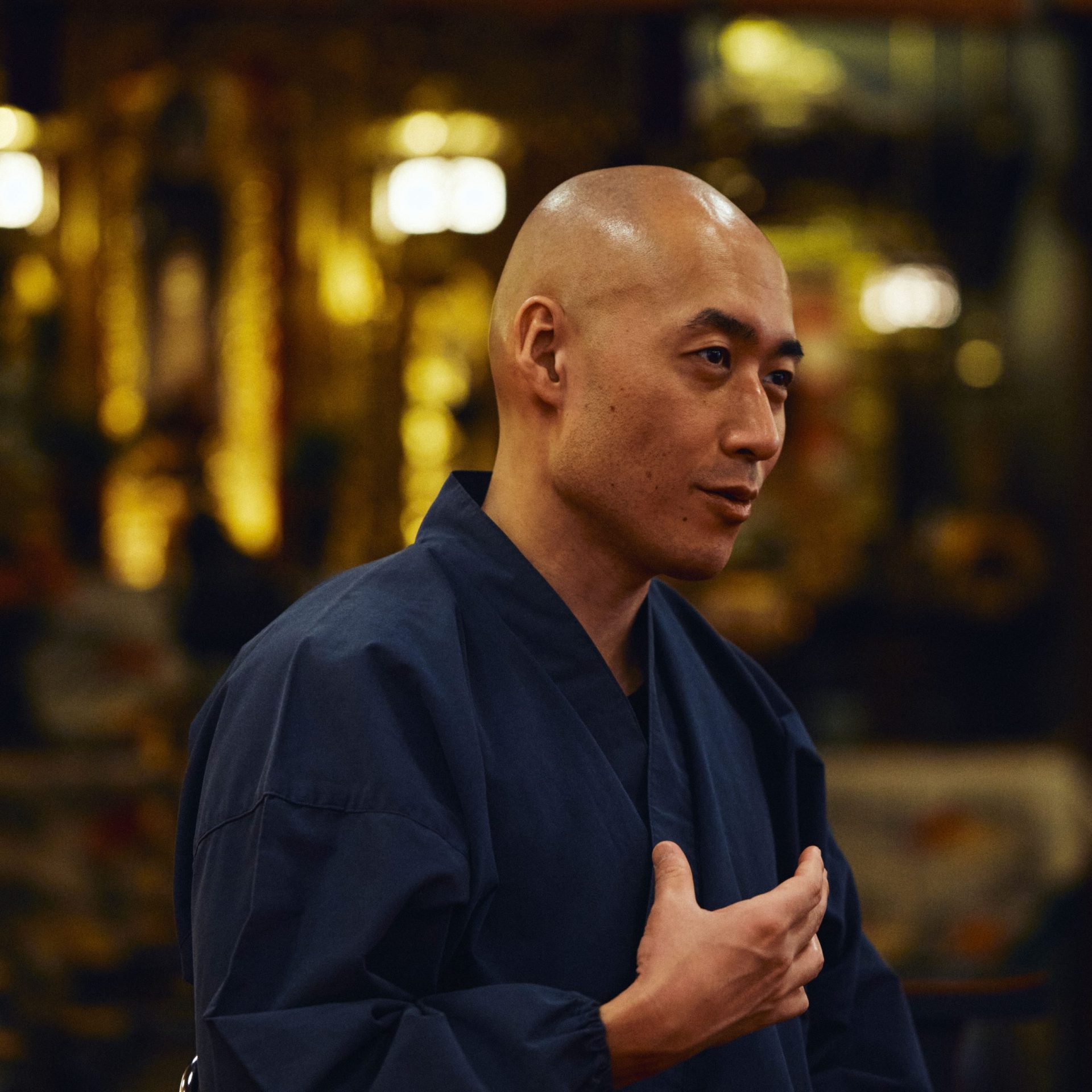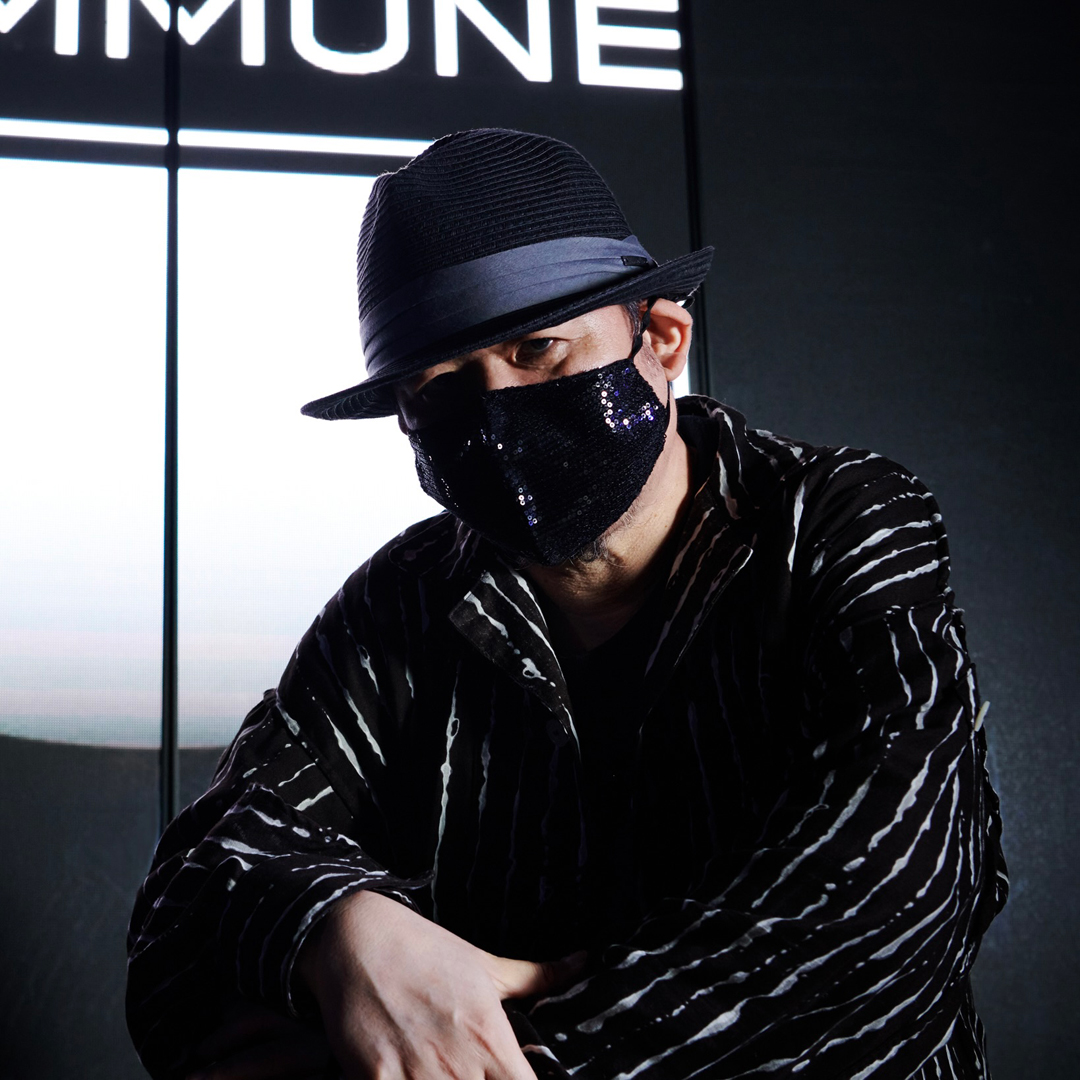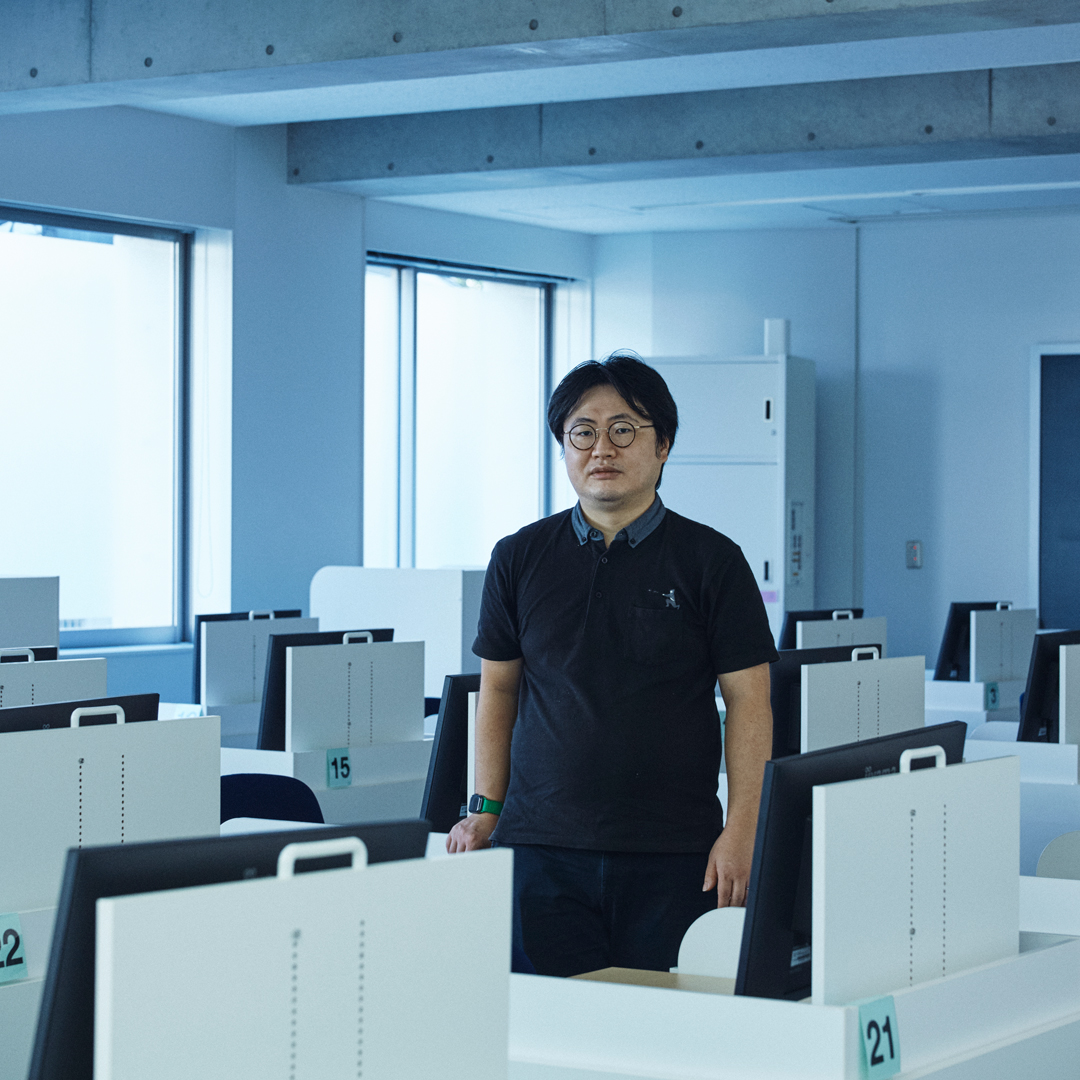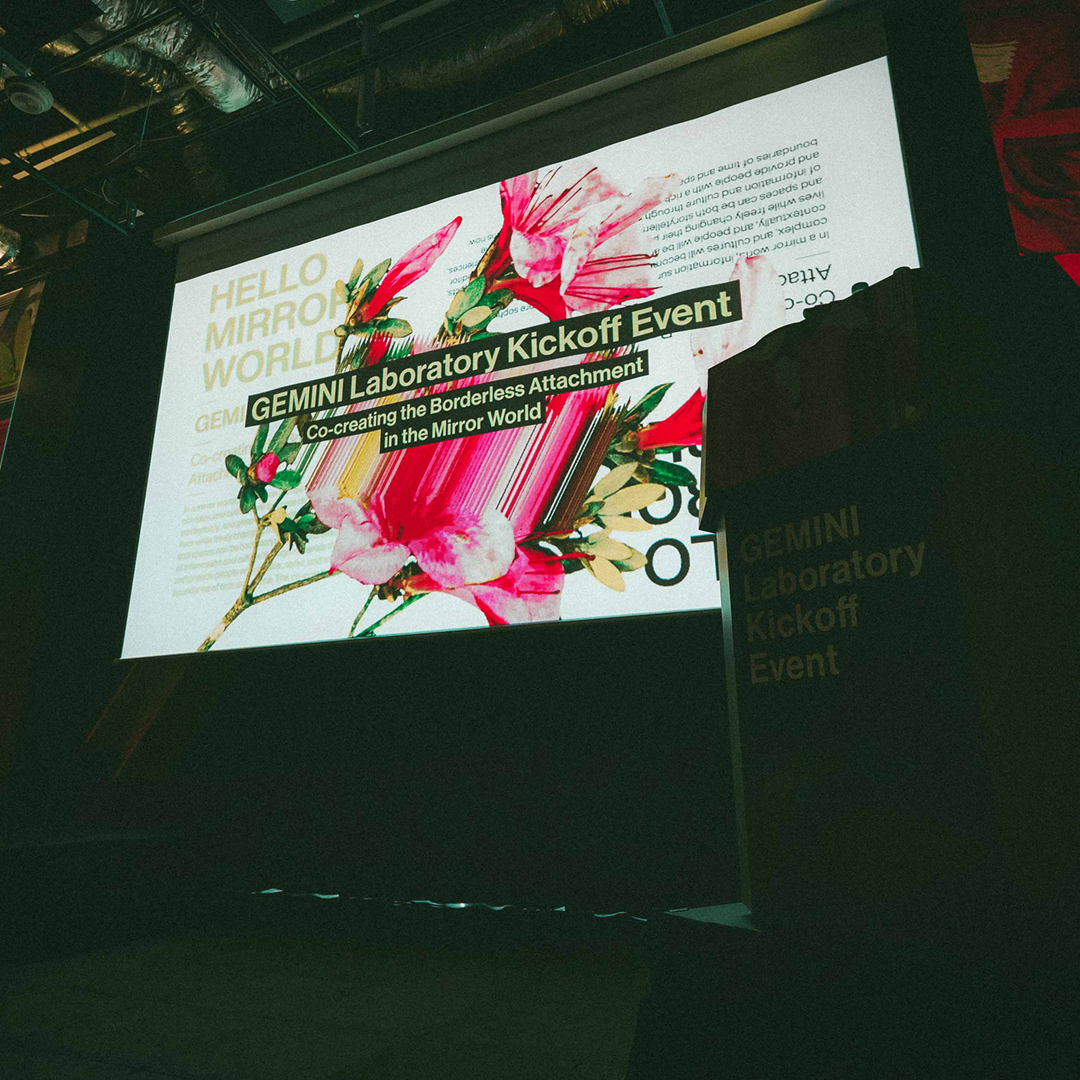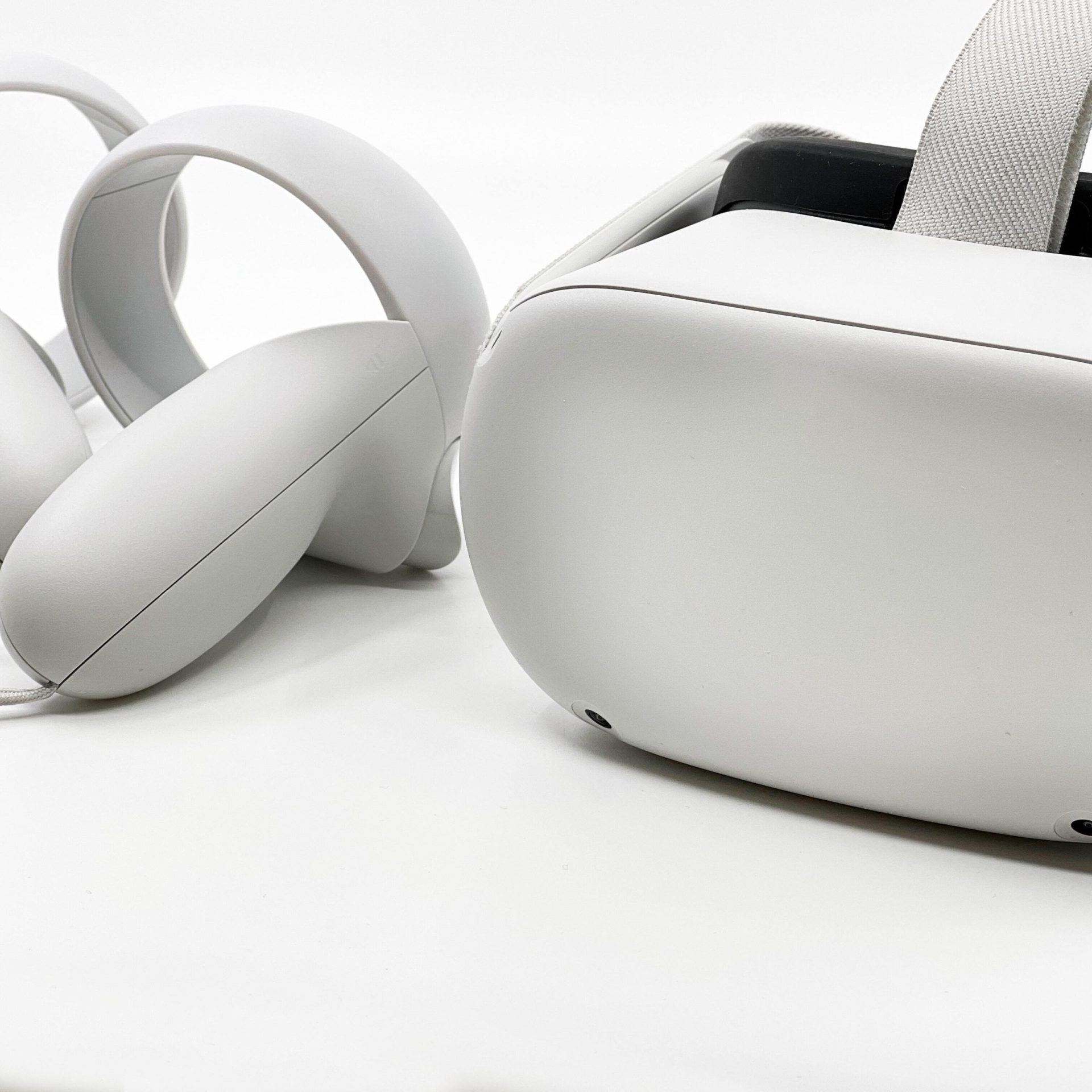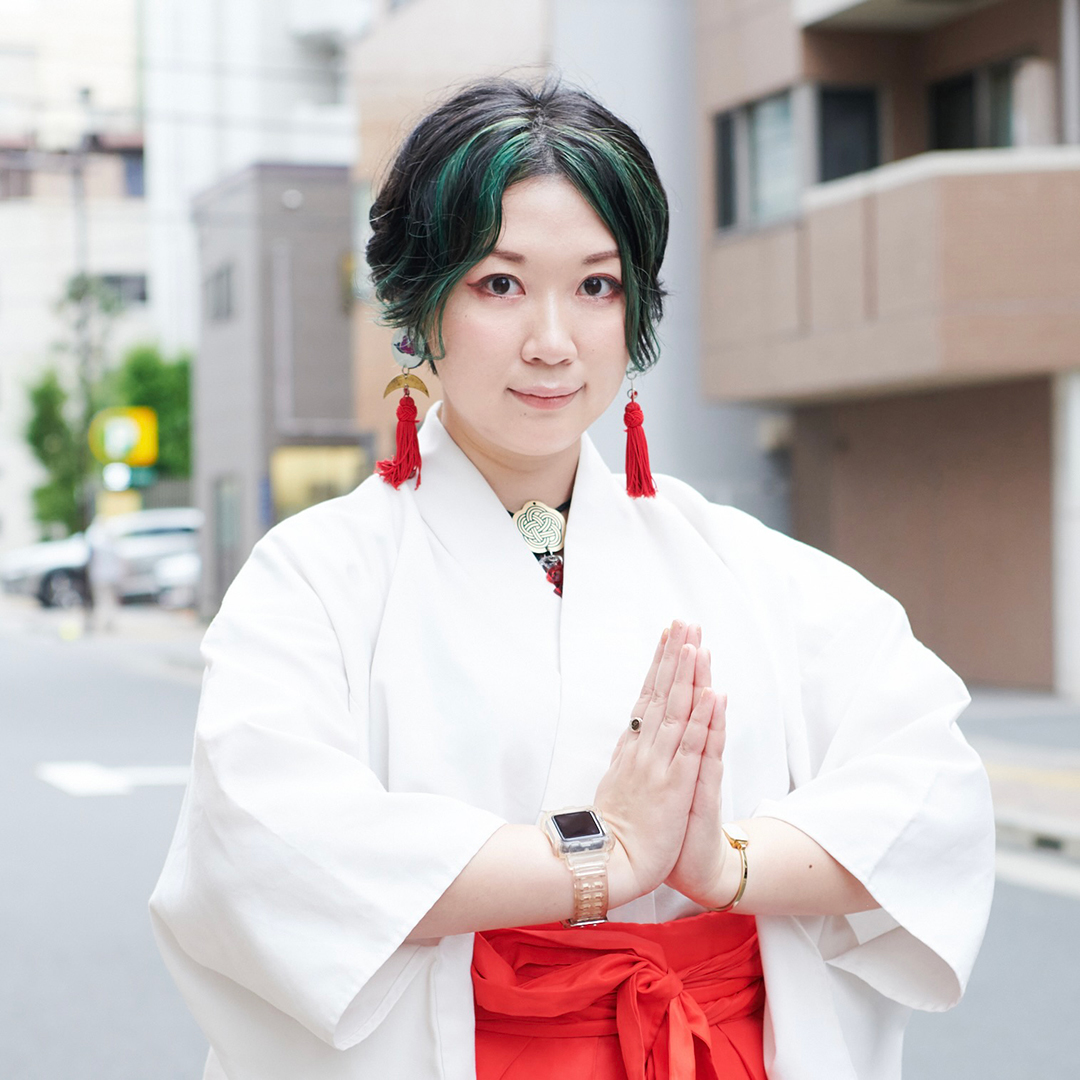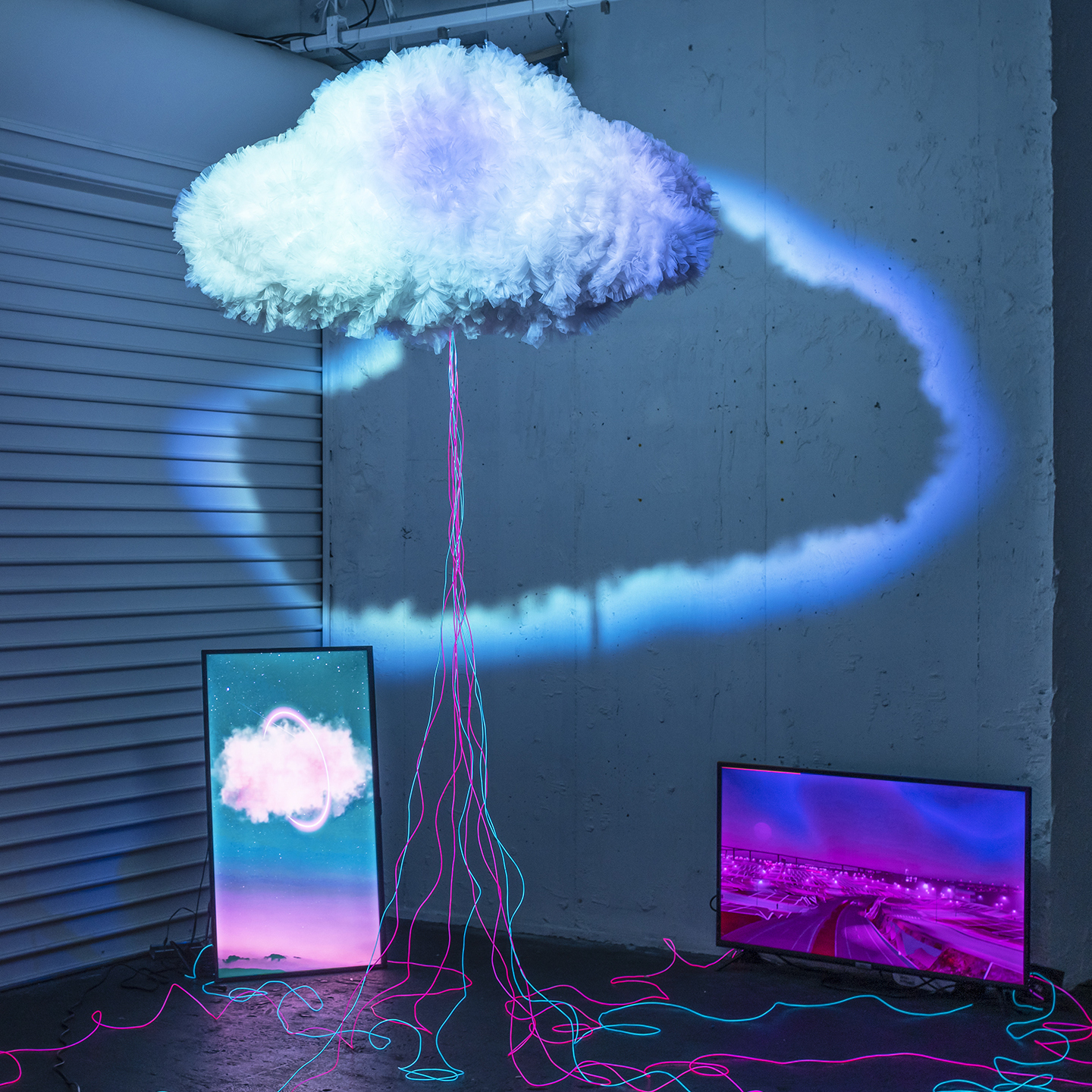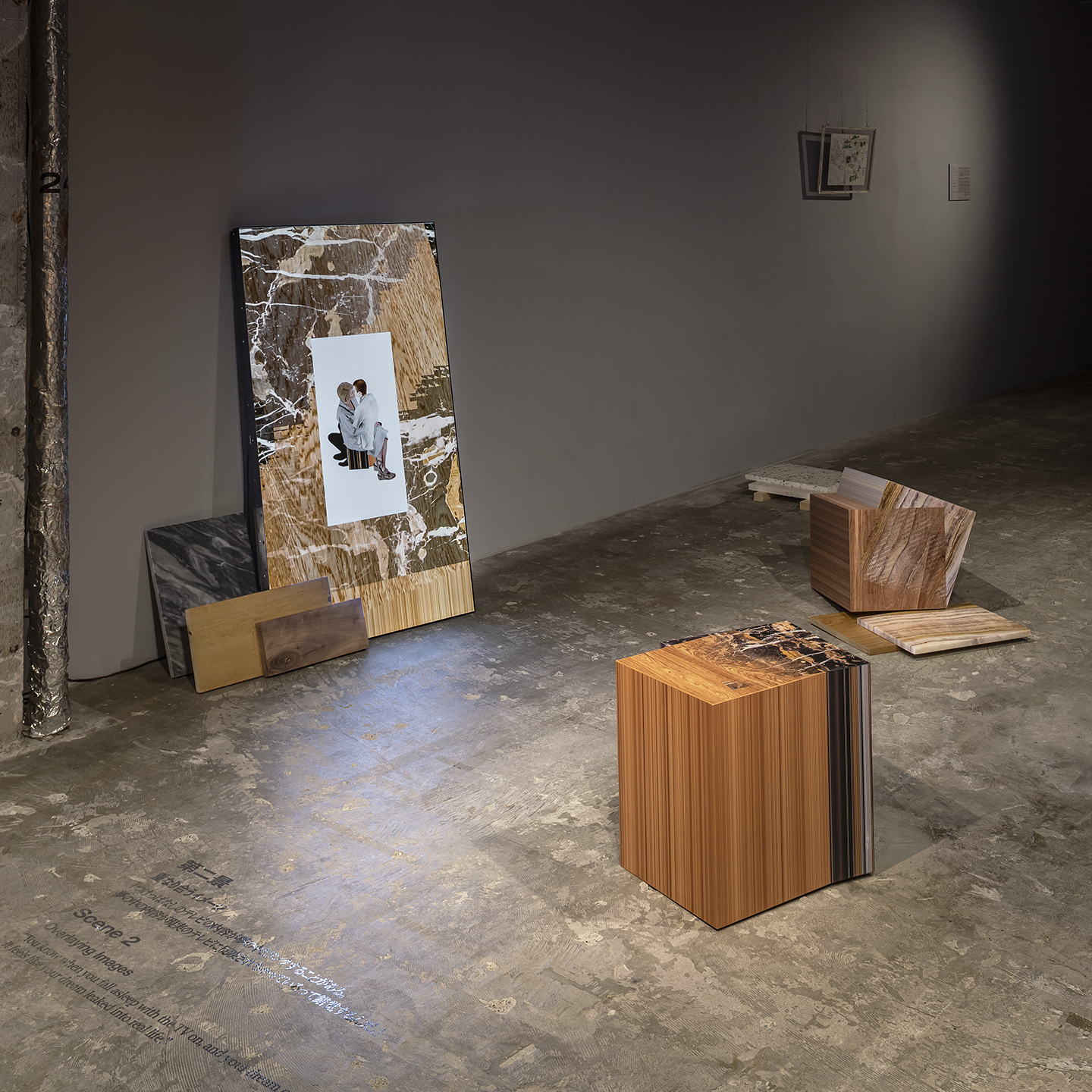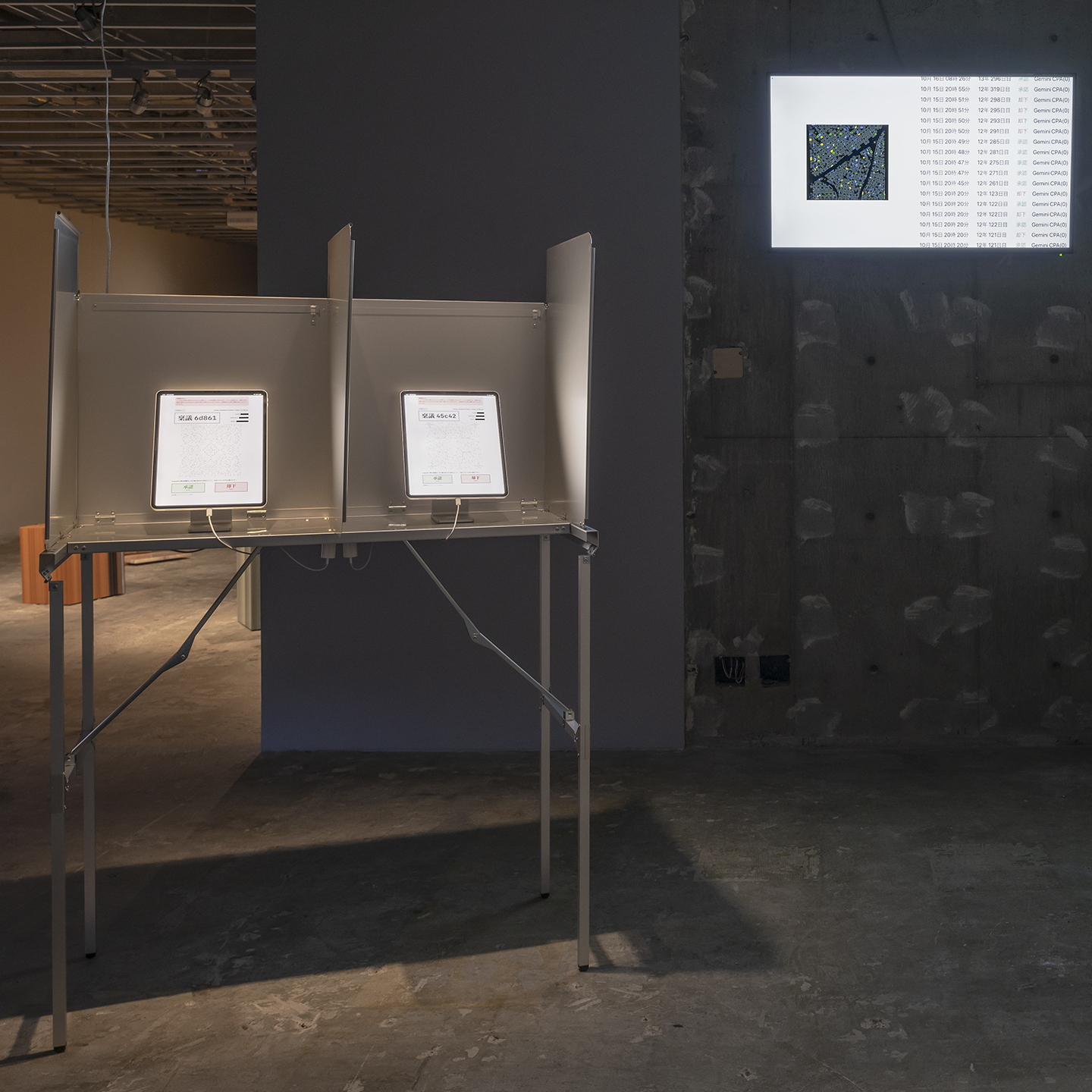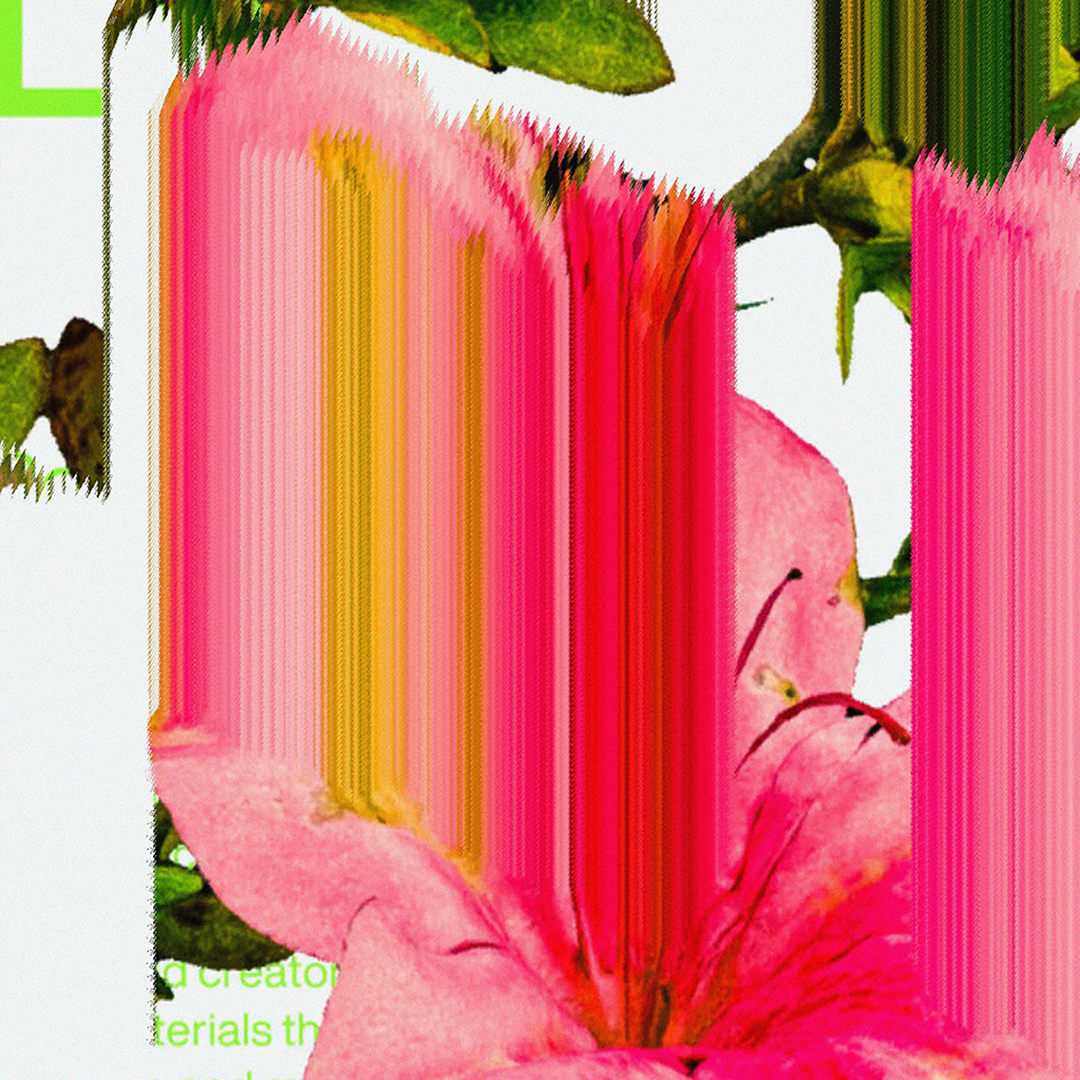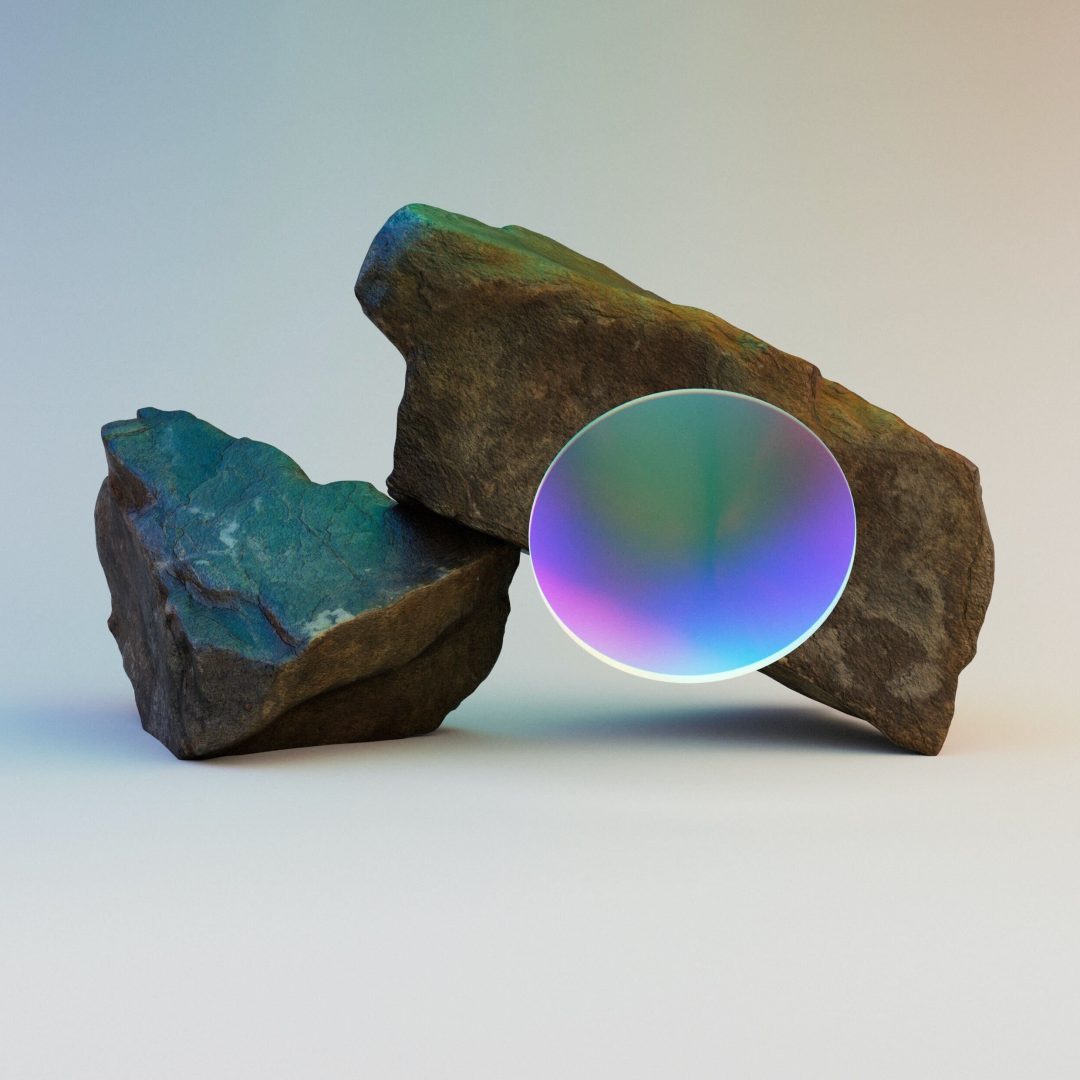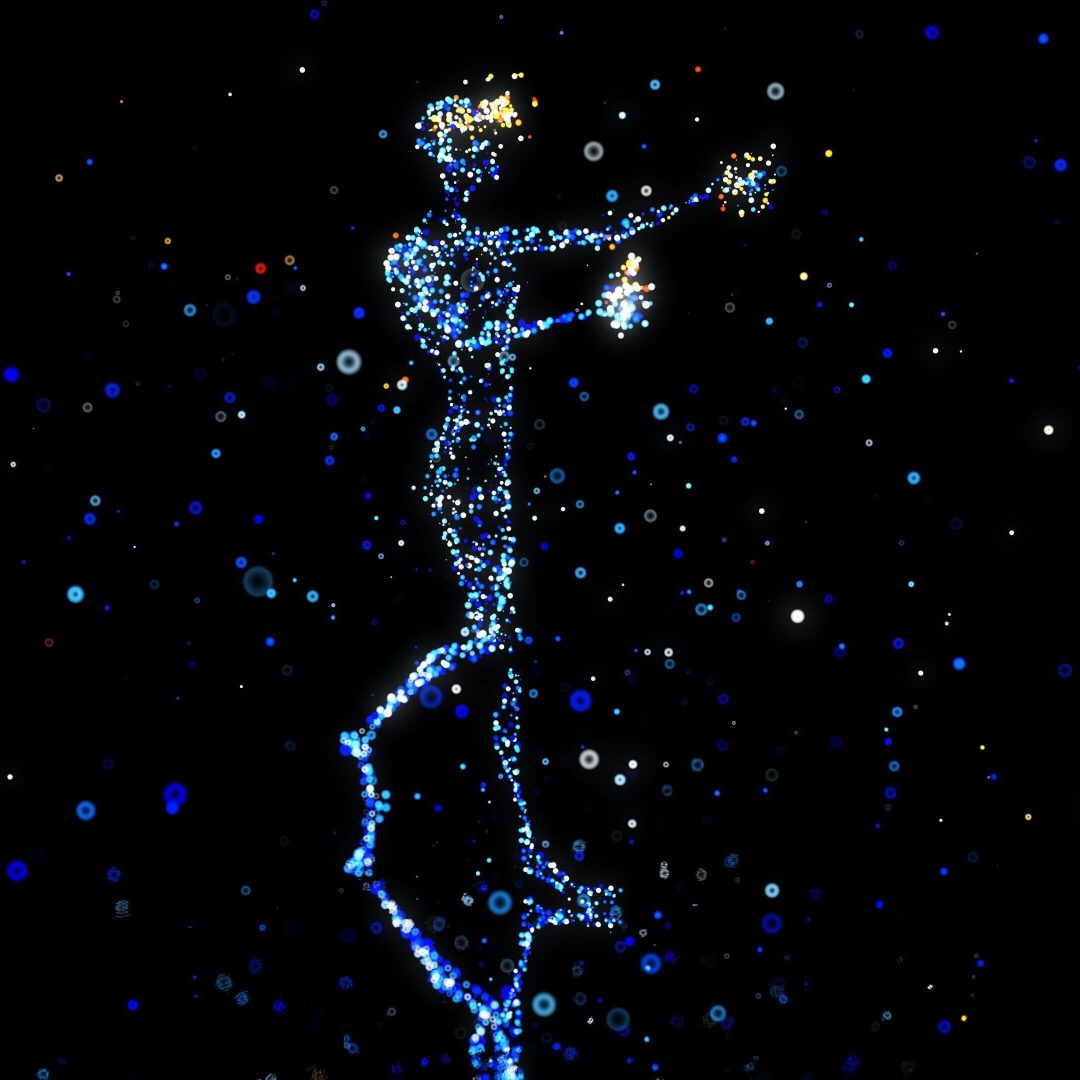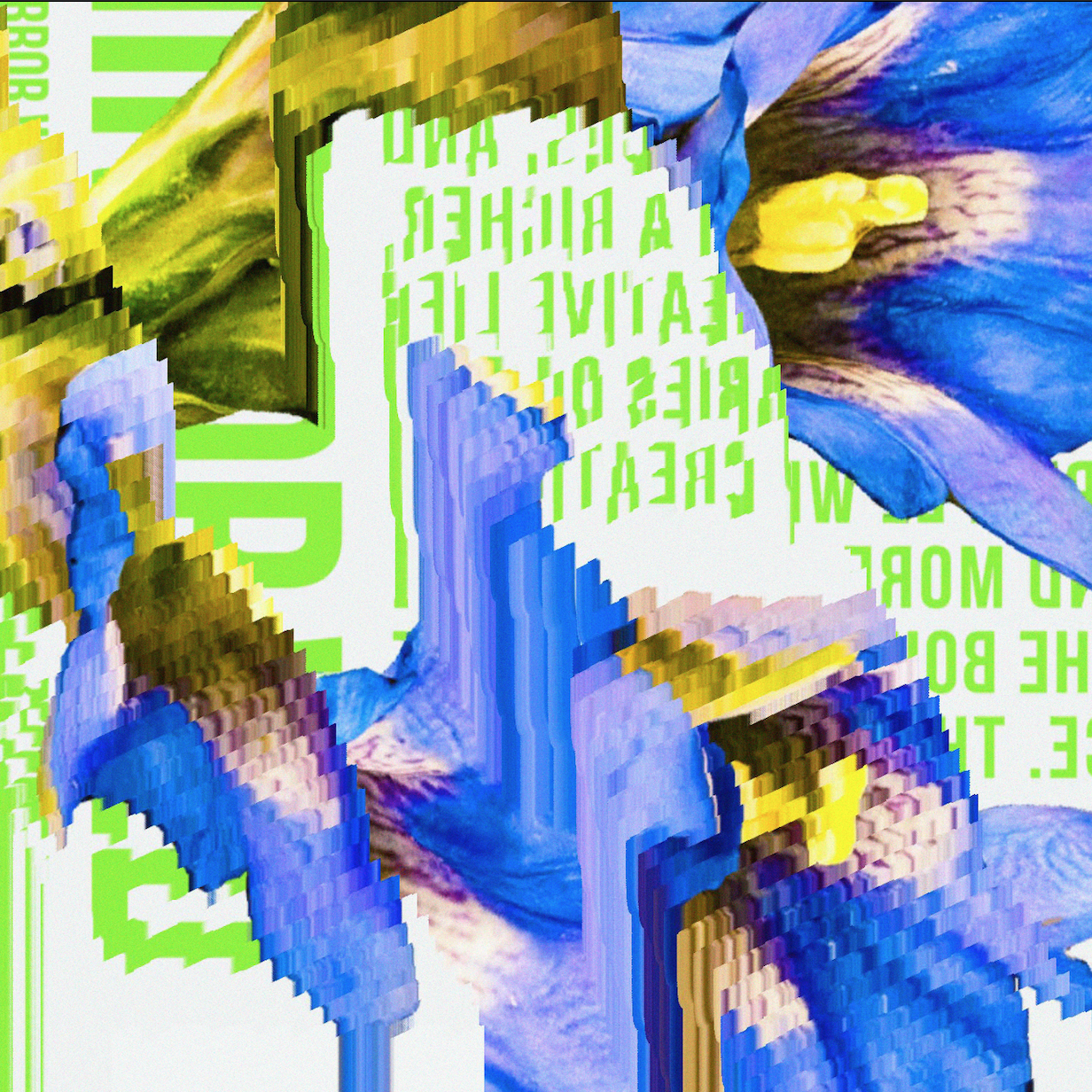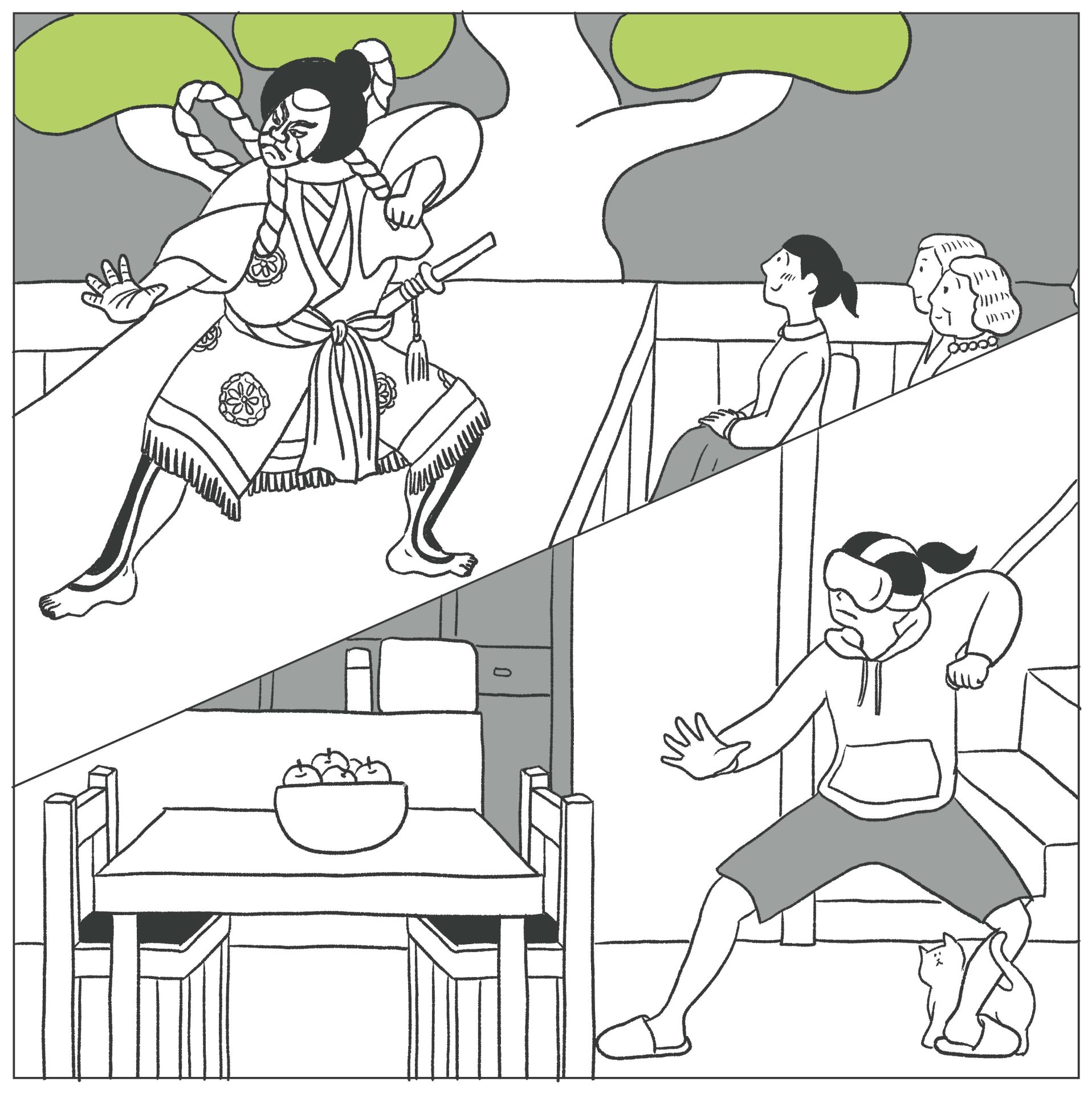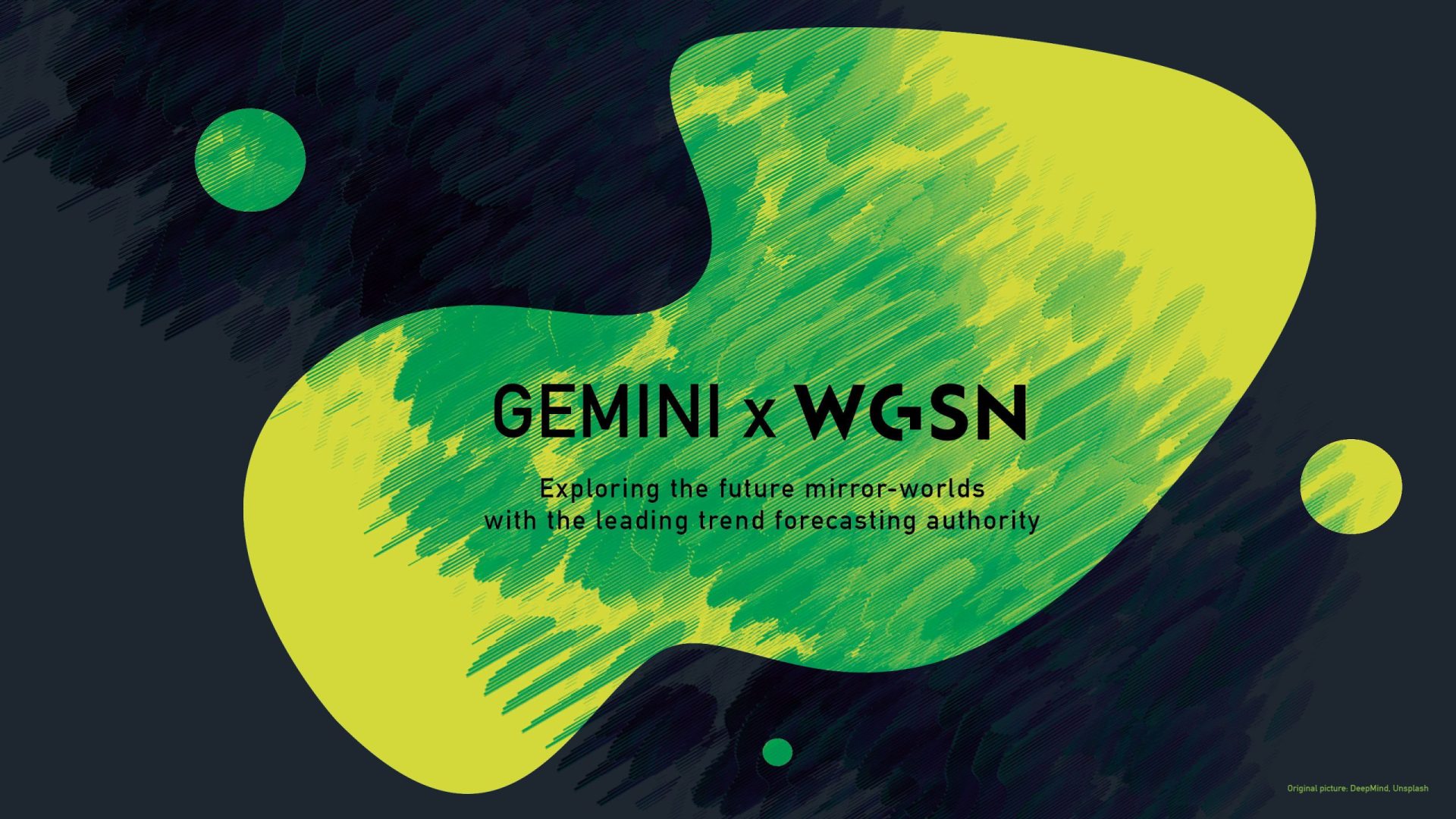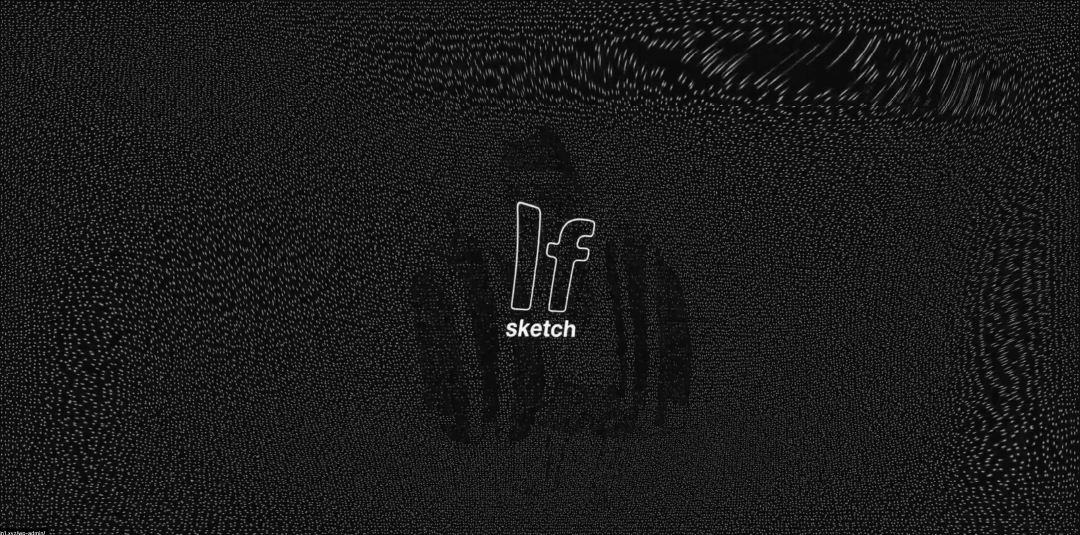Photo courtesy of Ars Electronica / Robert Bauernhansl
Ars Electronica is a cultural institution based in Linz, Austria. The co-director and artistic director of the Ars Electronica Futurelab, the research and development arm of Ars Electronica, is the artist, curator, and researcher Hideaki Ogawa.
Ogawa is also the creative director of the Civic Creative Base Tokyo (hereinafter CCBT), an institution of the Tokyo Metropolitan Government that has a business cooperation agreement with Ars Electronica, and the director of the Sapporo International Art Festival 2024. He has been involved in a number of initiatives to think about the future through art and technology and their relationship to cities and citizens.
In this interview, Ogawa, who is well versed in advanced examples of media art, talks about the state of creative cities in Japan and Europe, the relationship between media art and society, and its future, while discussing specific examples in Linz, Tokyo, and Sapporo.
The rare role of “cultural infrastructure”
-First of all, could you tell us again what kind of organization Ars Electronica is, to which you belong?
Ogawa: Ars Electronica is a public company, or public cultural institution, owned by the city of Linz, Austria. Our motto is “Art-Technology-Society”. We have a social mission to give back to the citizens art and a perspective for the future.
In fact, the Ars Electronica institution is positioned like a public service for living infrastructure, like a water utility. While the public water company is responsible for the “infrastructure of daily life” in which good quality water comes out when you turn on the tap, Ars Electronica is an organization that provides the “cultural infrastructure” in which the future comes out when you turn on the tap. The idea of “cultural infrastructure” itself is not often heard in Japan, is it?
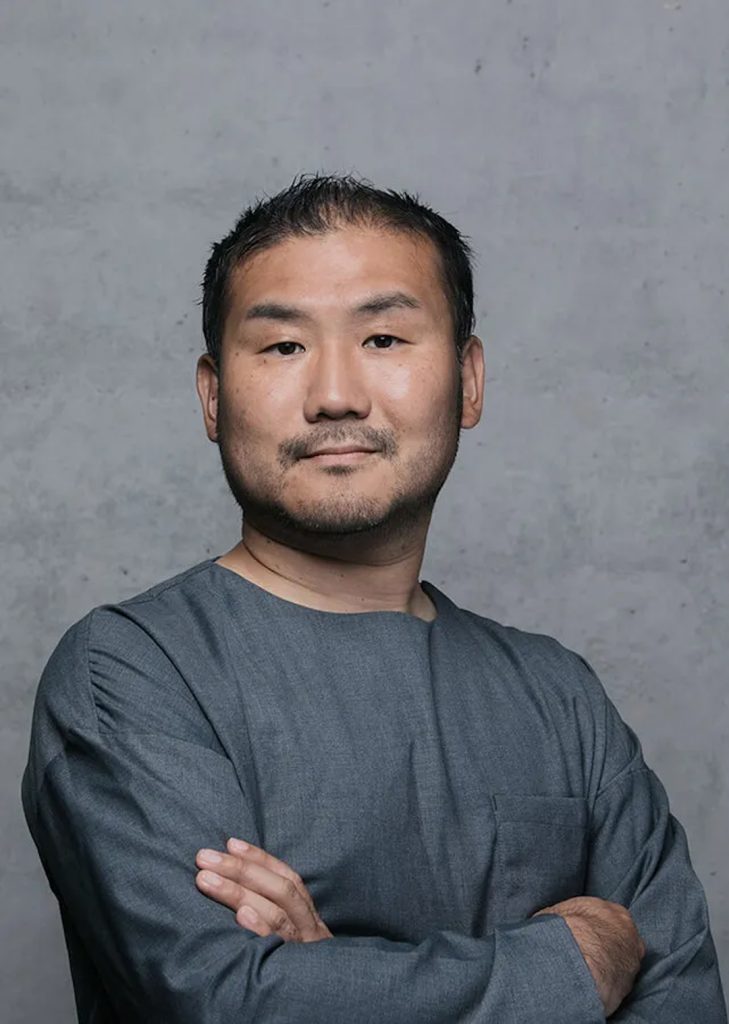
Based in Linz, Austria since 2007. He has worked as an artist, curator and researcher at Ars Electronica, a public cultural institution for art and technology. He is currently co-director of the Ars Electronica Futurelab, the institution’s research and development arm. He is involved in a number of interdisciplinary international projects that use art as a catalyst for prototyping the future, creating communities of civic participation, and implementing next-generation cultural and educational programs
-I certainly feel that in Japan, culture is seen as an extra taste.
Ogawa: I was also shocked when I came to Linz. Ars Electronica itself is celebrating its 45th anniversary this year; it began in 1979 as the “Ars Electronica Festival,” and in 1987 it established a global award called the Prix Ars Electronica. In 1996 a museum, the Ars Electronica Center, was founded, and in the same year the Ars Electronica Futurelab, of which I am co-director, was launched.
In this way, Ars Electronica has created forms of expression for cutting-edge media, has constantly sought to transform social systems and has created an ecosystem of cultural infrastructures. That was the origin of Ars Electronica.
Ars Electronica Festival 2023, scheduled for September 4-8, 2024
-I see. Are there any projects that left a lasting impression on you?
Ogawa: There are too many to mention, but the world’s first drone show that Futurelab presented at the 2012 Festival was impressive. It was a test flight in the parking lot next to the Ars Electronica Center, and I remember the moment when a formation of 49 quadrocopters took off.
It is hard to imagine now, but at that time there were no laws or regulations restricting drones. The fact that a cultural institution was one of the first to conduct this social experiment through art was quite a visionary “experiment in the future,” I think.
「49 quadrocopter in outdoor-formation-flight」
Why Ars Electronica was born in Linz
-It is surprising that it was the first of its kind in the world. On the other hand, why did Linz have the soil to accommodate cutting-edge art and technology?
Ogawa: Linz has two ancient cities on either side. To the east is the cultural city of Vienna, the capital, and to the west is Salzburg, the city of music that produced Mozart. Linz, in the middle, is a small city of about 200,000 people whose main industries were steel and chemicals. As the transformation of these manufacturing industries accelerated, Ars Electronica was born to rely on the creativity of Linz’s citizens to envision the city’s future.
Linz has also been recognized as a “UNESCO Creative City and UNESCO City of Media Arts”. I believe that Linz is unshakeable because it has made it its fundamental identity as a city to place media arts at the core of its creative strategy and to cultivate a future-oriented approach to the arts.
-Linz has been searching for its own identity, hasn’t it? Have there been any changes in the urban space of Linz in the course of the transmission of media art?
Ogawa: Rather than visible changes, the overwhelming change has been in “education”: in 2022, a public university specializing in digital transformation called the “Institute of Digital Sciences Austria (IDSA)” was approved for Linz. The presence of Ars Electronica was one of the main reasons why Linz was chosen.
And it’s not just the university; children have been coming to Ars Electronica on field trips every year since they were in kindergarten. I believe that education is the greatest influence on a city. This example from Linz was also incorporated into the Sapporo International Art Festival 2024 (hereinafter, SIAF2024), which I directed this year.
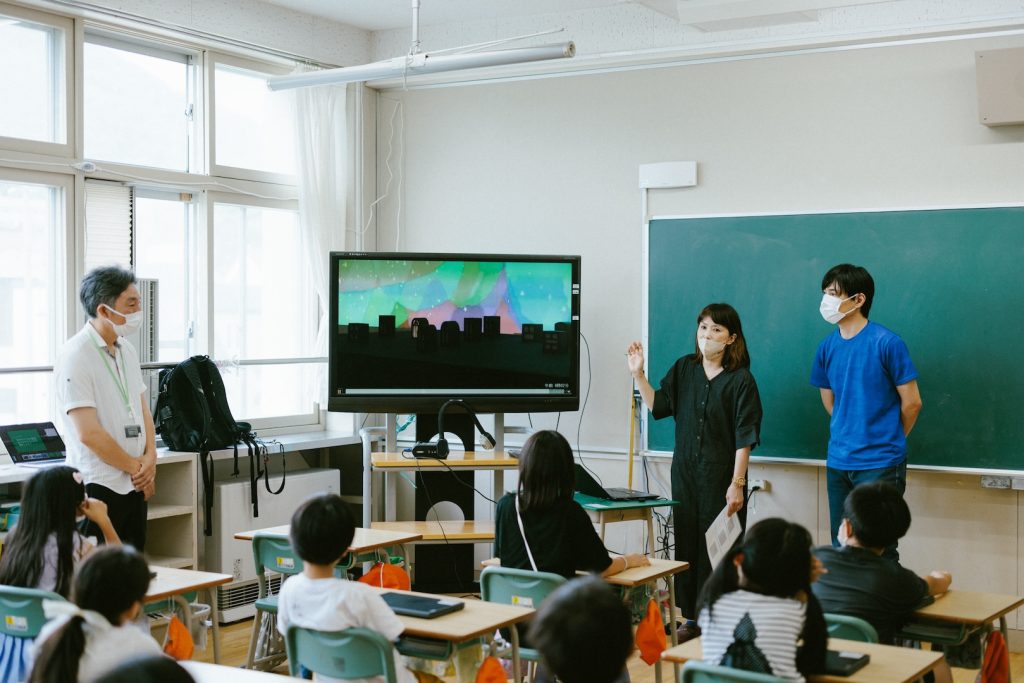
Linz, Tokyo, Sapporo. Cities and art that “experience” technology
-I think that in the long run, education will be a major driving force for social change. You just mentioned the case of “SIAF2024,” but you are also the creative director of the Civic Creative Base Tokyo [CCBT] (hereinafter CCBT), a base of the Tokyo Metropolitan Government. How do you see the creativity of Tokyo and Sapporo compared to Linz?
Ogawa: Linz, Tokyo, and Sapporo each have their own characteristics. First, as I mentioned earlier, the idea of “cultural infrastructure” is different in Austria and Japan. So what I am doing in Tokyo and Sapporo is first of all to make the government people aware of the importance of culture. I aim to change the literacy and creativity of citizens in a future-oriented way.
Of course, the way of thinking in Austria and Japan is different, so it is not the same as in Linz, but we are discussing with government officials what and how to do in the units in Tokyo and Sapporo, and putting it into practice.
「Civic Creative Base Tokyo [CCBT] Digest Movie 2022」
Ogawa: Second, the cities are different in size. In Tokyo, cultural centers are scattered and the city is too big, so CCBT has a different strategy. For example, we are starting with the creation of a “micro-creativity engine” by transforming a corner in Shibuya into a CCBT – a center for activities that will bring people’s creativity into society through art and digital technology – as if we were rearranging a single piece of DNA in the huge city of Tokyo.
Sapporo, on the other hand, is not as scattered as Tokyo. Like Linz, the city center provides access to many things on a human scale. What I have tried to do with “SIAF2024” is to create an ecosystem of cultural functions in the city. Since “SIAF” is held every three years, I have used the art festival as a “creativity engine” to design the atmosphere of the entire city of Sapporo while fostering new elements.
-Conversely, are there similarities between Tokyo and Sapporo?
Ogawa: In terms of common measures, we are developing “experimental zones” in urban areas. In Sapporo, we deployed Ryohin Keikaku’s self-driving mobility vehicles at the Snow Festival site and held the “Sapporo Future Undokai” at Moerenuma Park, where participants shared ideas for creating new sports events and actually participated in those events.
In Tokyo, too, VR and AR are used to intervene in the streets of Shibuya. As in Linz, this is an effort to open up the city as an experimental zone for the future.


-I see that there are differences and similarities between the two. So, Mr. Ogawa, how do you see the relationship between media art and the city?
Ogawa: First of all, the strength of media art is that it allows everyone to face the common theme of technology. Recently, AI has become a hot topic, and digital technology is an area of great interest to all of us because it is invisible, yet integrated into our daily lives.
What will be key in the future is not just to know about technology as knowledge, but to have experienced it “live”. This is where the city becomes indispensable, because one of the greatest attractions of a city is the ability to “experience” a variety of things.
-This also relates to what you said earlier about experimental zones.
Ogawa: From now on, art should play a stronger role in carefully observing and taking time to examine the diversity of things in the world, and in encouraging consensus building among them. I feel that there is an expectation today for the creation of new meanings and dialogues through art, not just the decorative aspects of everyday life.
In this age of constant, well-crafted fake news, we are asked to decide what we believe and what we rely on. In this respect, what we get from looking at art is not information, but real experience, and I think there is a part of this that goes hand in hand with the experience of the city.
The creative process presents “plural futures” in which choices are possible
-If art is implemented in society in addition to technology, we will be able to see the future of the city, won’t we?
Ogawa: Artists can create stories of a future in which choices are possible. Whether utopia or dystopia, they create subjective future options in a form different from that of services or products. There is a big difference between having this process and not having it.
I myself have been greatly influenced by science fiction, and in discussing these works with others, there is the possibility of imagining and even rewriting the future in a variety of directions. From speculative thinking to critical questioning, artists embody a variety of “plural futures” and present them as experiences.
When discussing issues such as urban redevelopment, I believe that by introducing a process such as “Art Thinking” in addition to scientific verification, it can be extended to social issues.
-It certainly makes a lot of sense when I think of science fiction novels and movies. Also, the concept of “Art Thinking” has become well known. Is there anything you are aware of when incorporating things from the arts into corporate services and business?
Ogawa: I believe that the value of creative processes in innovative companies, from management to employees, will increase in the future. I feel that many successful companies allow for a creative and free environment.
The Ars Electronica Futurelab is also increasingly being called upon as a corporate partner. What we do there is to integrate artistic processes into research and strategy development and to build prototypes of plural futures that can be touched
Creating a blank space of imagination in a company’s strategy and opening it up to the future and society is in keeping with Ars Electronica’s mission, and it is also a valuable experience for us.
-Culture itself, such as art and education, will probably attract more and more attention as an opportunity to expand business. Finally, based on what you have said so far, are there any cities that you are currently paying attention to from the perspective of media art and the social practice of art?
Ogawa: I think Boston is doing some interesting things. They are incorporating measures that integrate artists into government and administrative organizations, such as artist-in-residence programs where artists live in the community. The power of artists can be effective in bringing awareness to social issues that affect citizens and opening them up to participatory discussion.
「Boston Artists-in-Residence(AIR Program)」
Ogawa: But not only Boston, but all cities are beginning to incorporate artistic mechanisms. In general, I also think that the “city” itself is an ongoing, unique social experiment.
No matter how much information we are inundated with in today’s society, the reality of the city we live in is inherently believable, isn’t it? Conversely, to be flexible for the future, it would be good to see how cities are changing now and what creative efforts are being made in cities around the world.
-I find it paradoxical and very interesting that the more technology is implemented in our society, the more important the realistic experience that art and cities bring to us becomes. Thank you for your time today.
(Interview supported by the Sapporo International Art Festival Executive Committee)
Guest Profile
-

Hideaki Ogawa
Hideaki Ogawa
Based in Linz, Austria since 2007. He has worked as an artist, curator and researcher at Ars Electronica, a public cultural institution for art and technology. He is currently co-director of the Ars Electronica Futurelab, the institution’s research and development arm. He is involved in a number of interdisciplinary international projects that use art as a catalyst for prototyping the future, creating communities of civic participation, and implementing next-generation cultural and educational programs
Co-created by
-
Haruya Nakajima
Artist, Writer
Haruya Nakajima
Artist, Writer
He Develops Cross-Disciplinary Activities While Interacting With Various Places And People As An Independent Artist, Such As Contemporary Art, Writing, And Rap. Lecturer At Bi-Gakko "The Back Door Of Contemporary Art". Major Solo Exhibitions Include “Suck Tokyo Through Your Nose And Dance” (Gallery ΑM, 2019-2020), Curated “SURVIBIA!!” (NEWTOWN, 2018), And Group Exhibition “TOKYO2021” (TODA BUILDING, 2019). 2016), The Album “From Insect Cage” (Stag Beat, 2016), And The Book “Oil On Townscape” (Ronsosha, 2022).
- 中島晴矢|Haruya NAKAJIMA: https://haruyanakajima.com/
Tag
Share
Discussion
Index
Index
Archives
Recommend
Recommend
Recommend
Recommend
Recommend
-

{ Community }
“Conveying the Moment of ‘Now’ in History: Catalan Artist Xavi Bové’s Light Expressions”
“Conveying the Moment of ‘Now’ in History: Catalan Artist Xavi Bové’s Light Expressions”
“Conveying the Moment of ‘Now’ in History: Catalan Artist Xavi Bové’s Light Expressions”
-

{ Special }
Experiencing Traditions
Experiencing Traditions
Experiencing Traditions
-

{ Special }
Try Being Born in 1942
Try Being Born in 1942
Try Being Born in 1942
-

{ Community }
Architect Mark Foster Gage: Kitbashing opens up design possibilities
Architect Mark Foster Gage: Kitbashing opens up design possibilities
Architect Mark Foster Gage: Kitbashing opens up design possibilities
Hot topics
Hot topics
Hot topics
Hot topics
Hot topics
-

{ Community }
Scent Transcends Memory to Change Behavior. The Future of Digital x Olfaction, by Scent Marketing Pro Gouchi Hamada
Scent Transcends Memory to Change Behavior. The Future of Digital x Olfaction, by Scent Marketing Pro Gouchi Hamada
Scent Transcends Memory to Change Behavior. The Future of Digital x Olfaction, by Scent Marketing Pro Gouchi Hamada
-

{ Community }
The stage is a restroom designed by Tadao Ando. Possibilities of media mix that GEMINI pioneers.
The stage is a restroom designed by Tadao Ando. Possibilities of media mix that GEMINI pioneers.
The stage is a restroom designed by Tadao Ando. Possibilities of media mix that GEMINI pioneers.
-

{ Community }
“Conveying the Moment of ‘Now’ in History: Catalan Artist Xavi Bové’s Light Expressions”
“Conveying the Moment of ‘Now’ in History: Catalan Artist Xavi Bové’s Light Expressions”
“Conveying the Moment of ‘Now’ in History: Catalan Artist Xavi Bové’s Light Expressions”
-

{ Community }
“Designing with Heart: How Amanda Talbot is shaping a better future through emotionally intelligent AI”
“Designing with Heart: How Amanda Talbot is shaping a better future through emotionally intelligent AI”
“Designing with Heart: How Amanda Talbot is shaping a better future through emotionally intelligent AI”
-

{ Community }
Unearthing the Future: How ancient history can guide modern innovation with Darius Arya
Unearthing the Future: How ancient history can guide modern innovation with Darius Arya
Unearthing the Future: How ancient history can guide modern innovation with Darius Arya
-

{ Community }
Interview with Masayoshi Yokoyama from Ryu Ga Gotoku Studio. Talks about reality in games and the future of the industry
Interview with Masayoshi Yokoyama from Ryu Ga Gotoku Studio. Talks about reality in games and the future of the industry
Interview with Masayoshi Yokoyama from Ryu Ga Gotoku Studio. Talks about reality in games and the future of the industry
-

{ Community }
The new form of pilgrimage. What is the border of real and fictional worlds that Petra Szemán pictures?
The new form of pilgrimage. What is the border of real and fictional worlds that Petra Szemán pictures?
The new form of pilgrimage. What is the border of real and fictional worlds that Petra Szemán pictures?
Special
Special
Special
Special
Special
Featured articles spun from unique perspectives.
What Is
“mirror world”...
What Is
“mirror world”...
What Is
“mirror world”...
What Is
“mirror world”...
What Is
“mirror world”...
“mirror world”... What Is
“mirror world”... What Is
“mirror world”... What Is
“mirror world”... What Is
“mirror world”...
Go Down
Go Down
Go Down
Go Down
Go Down
The Rabbit
The Rabbit
The Rabbit
The Rabbit
The Rabbit
Hole!
Hole!
Hole!
Hole!
Hole!
Welcome To Wonderland! Would You Like To Participate In PROJECT GEMINI?

